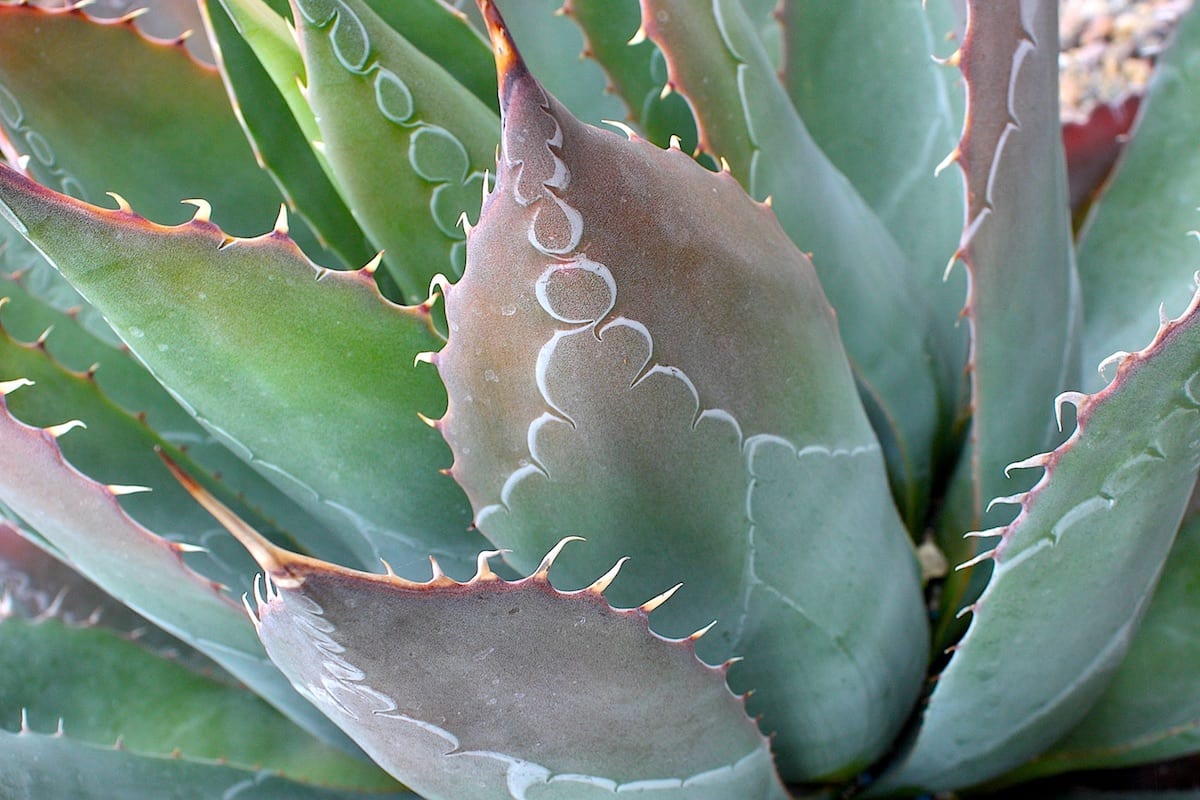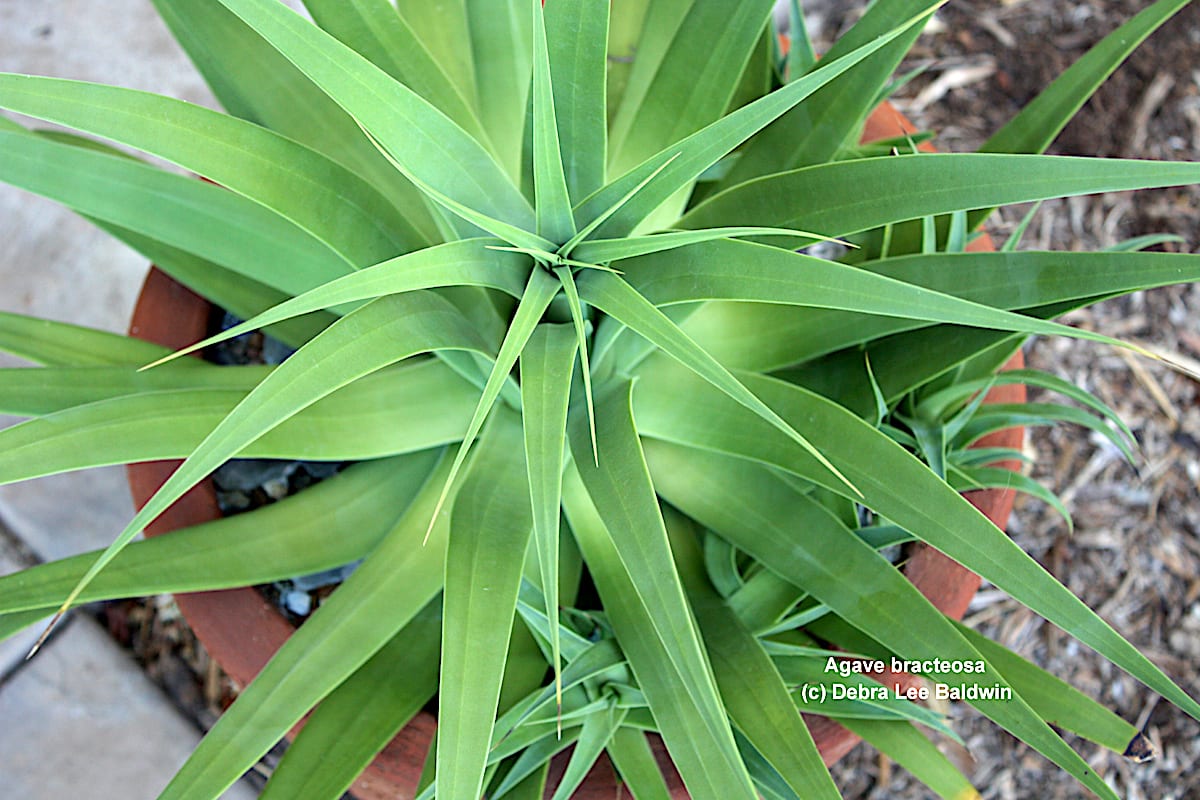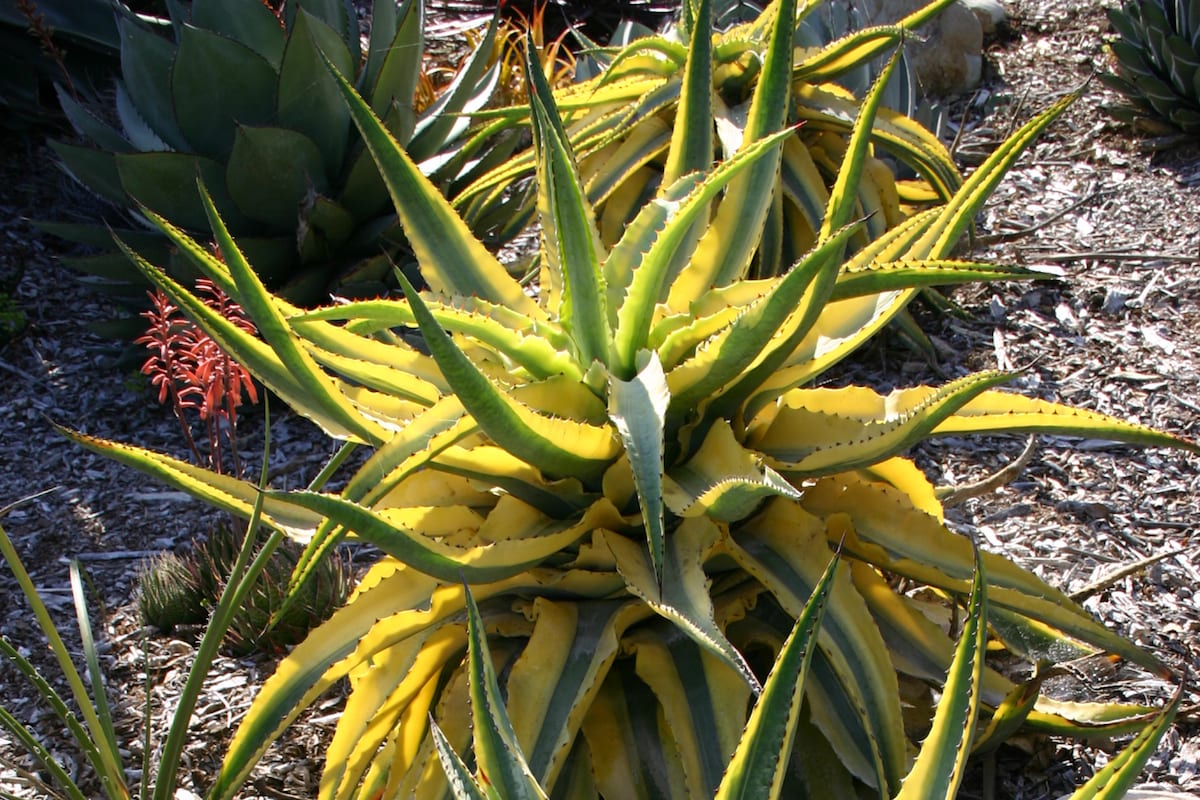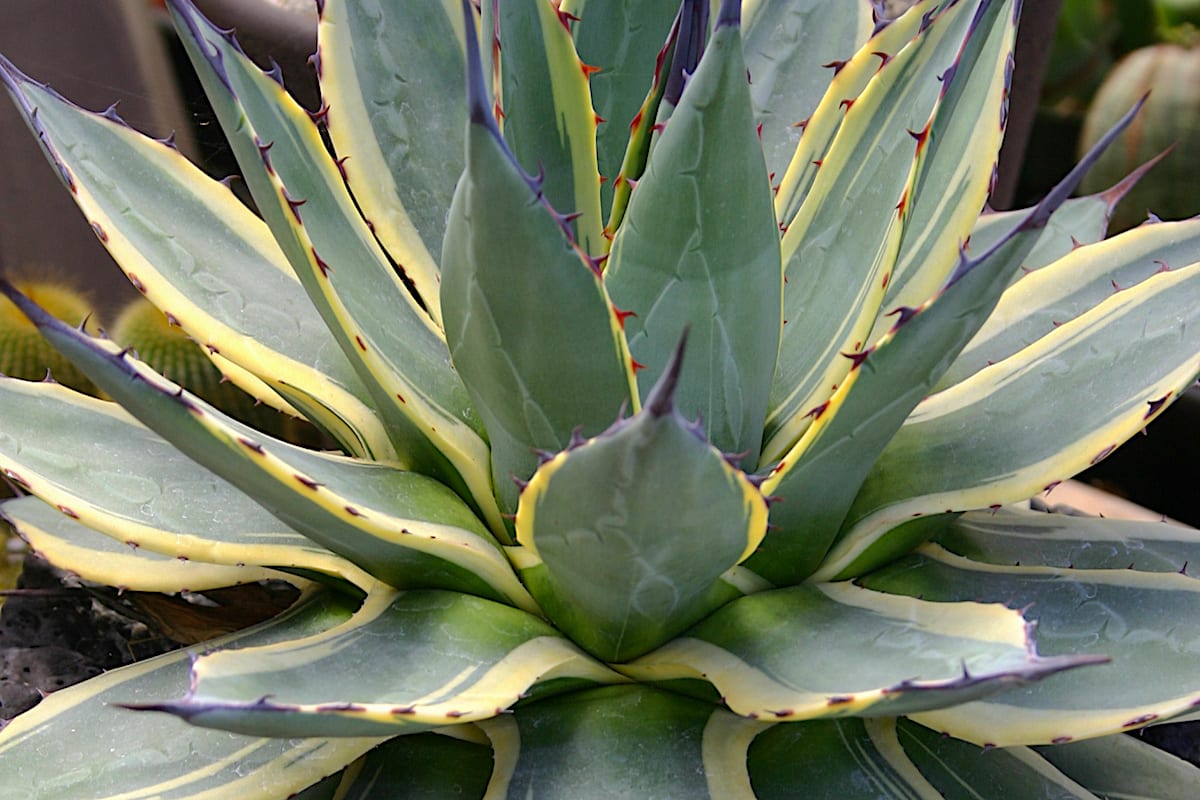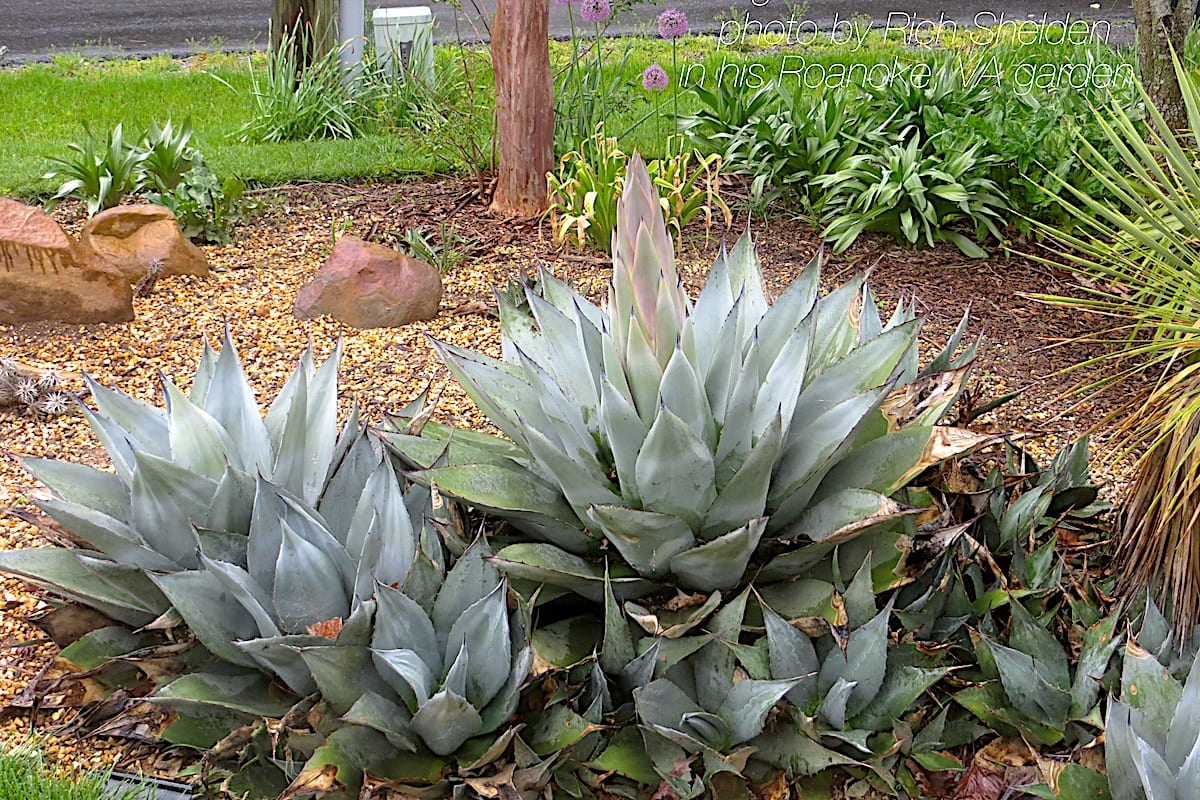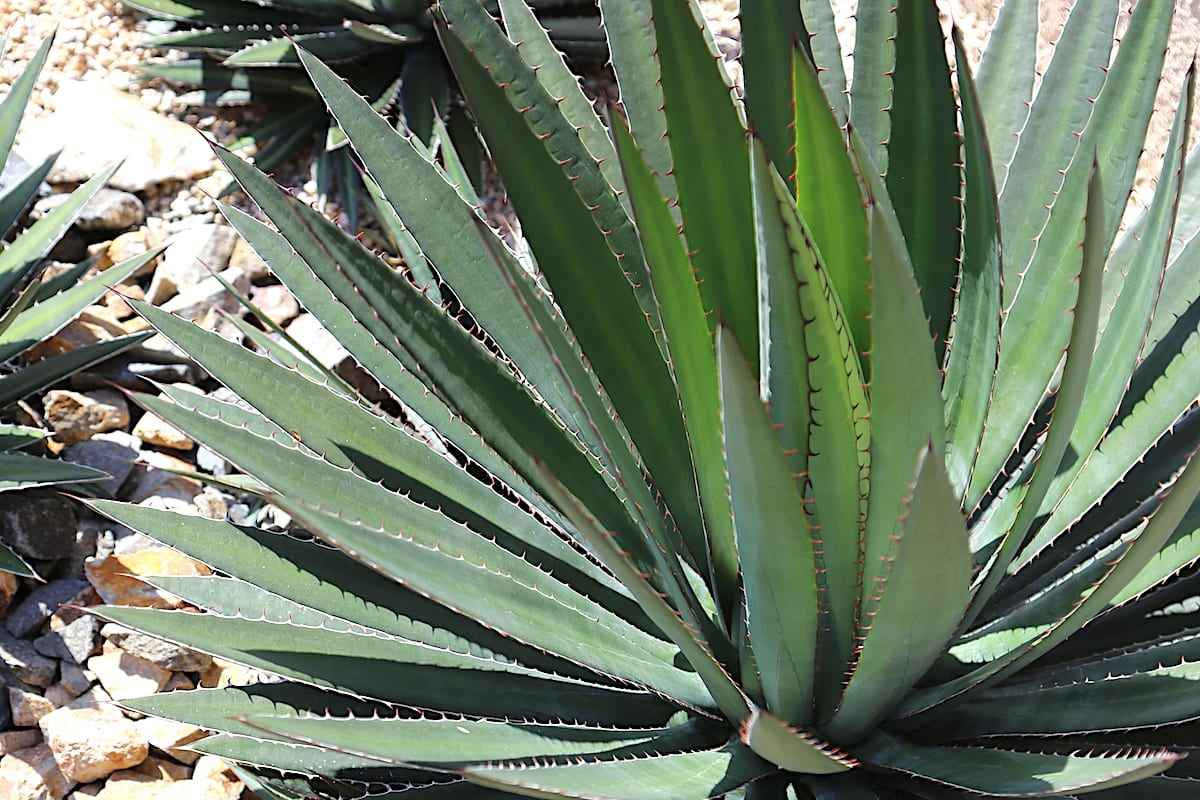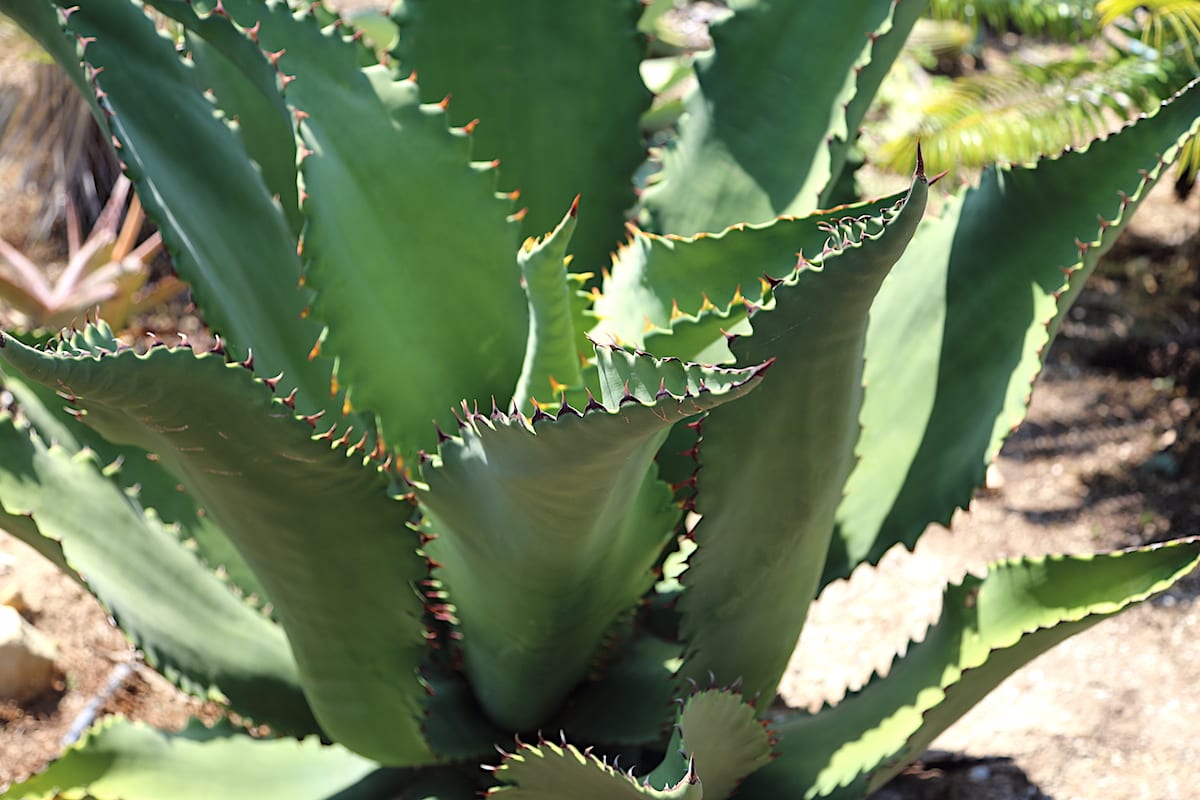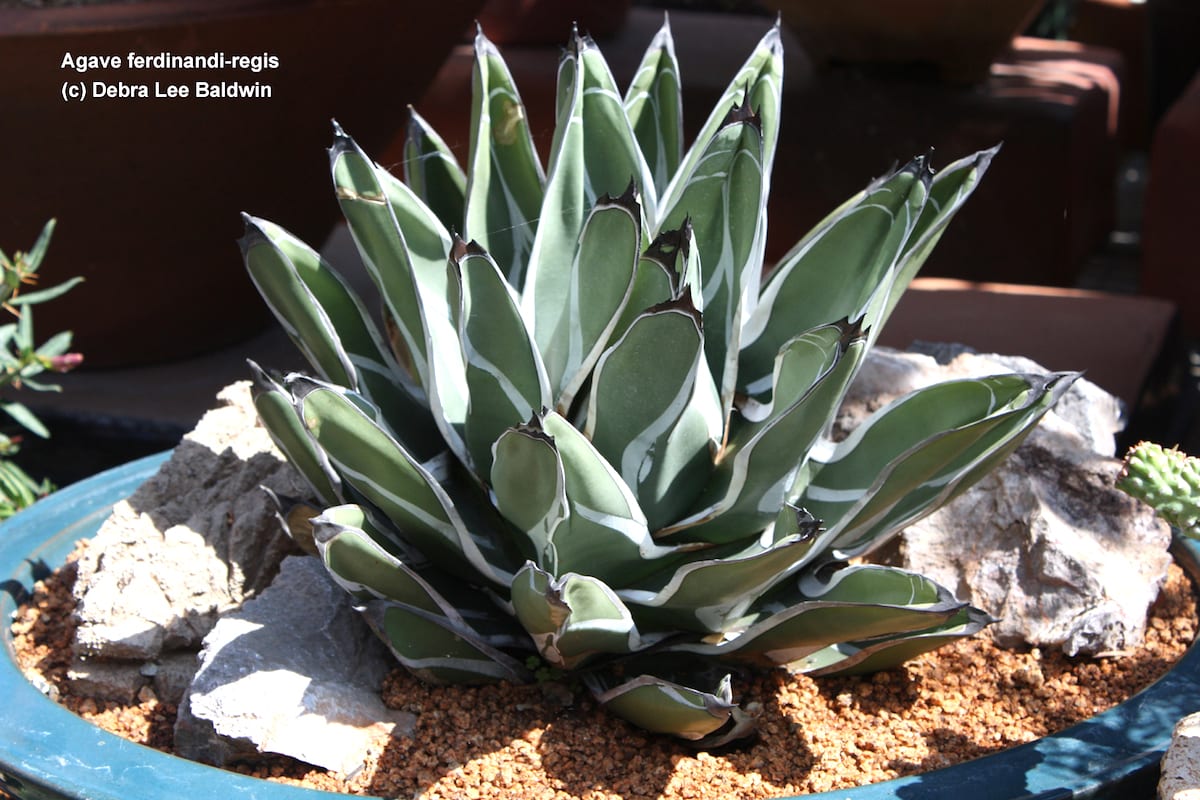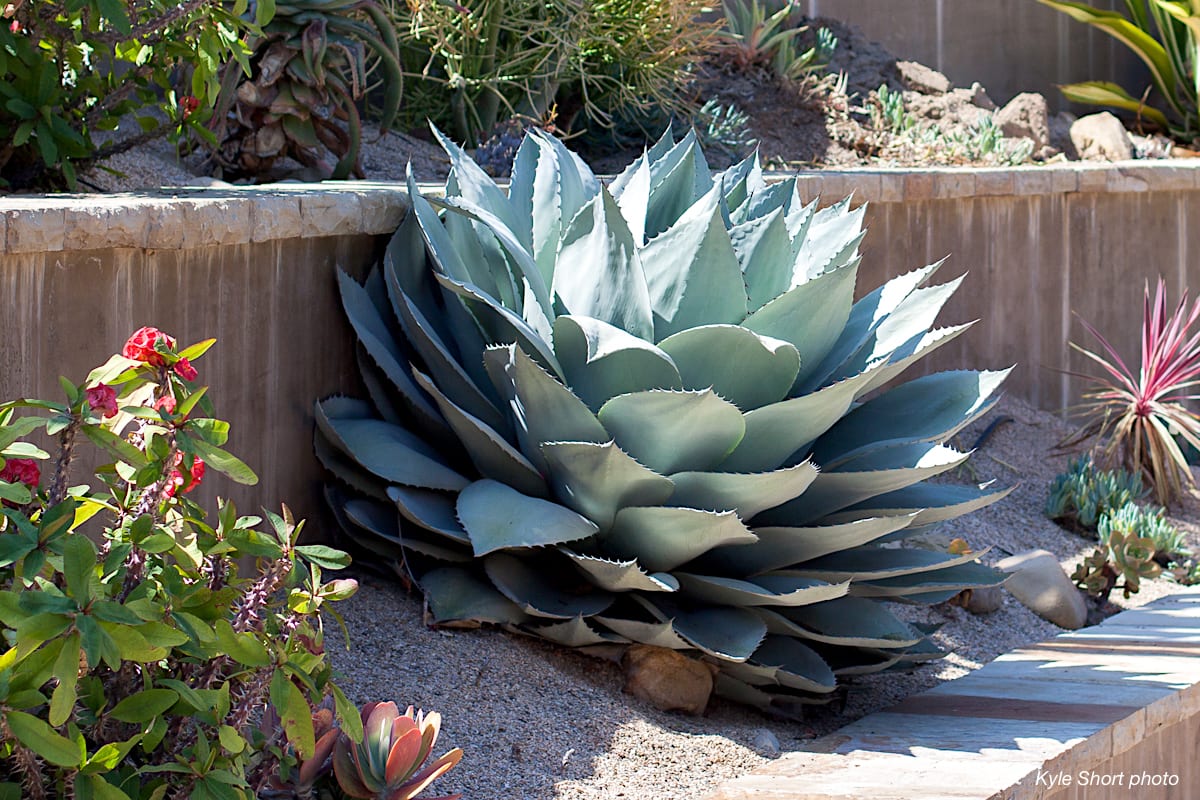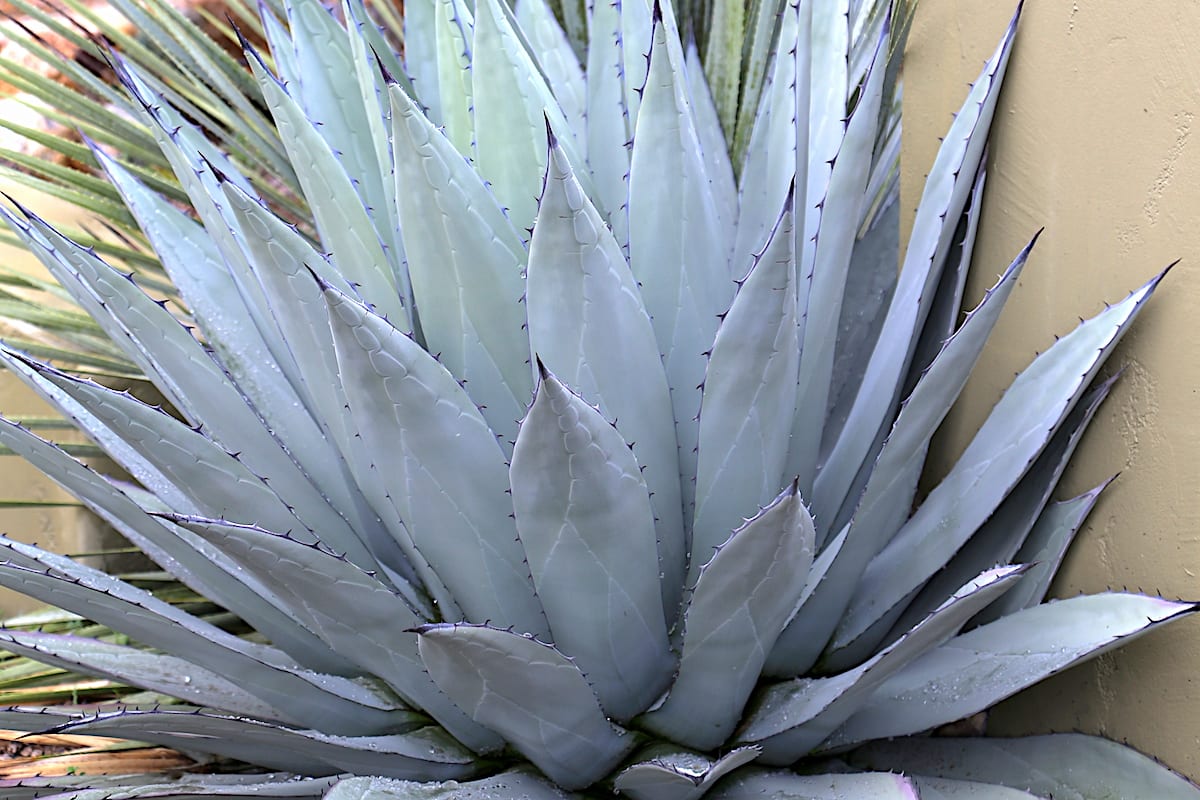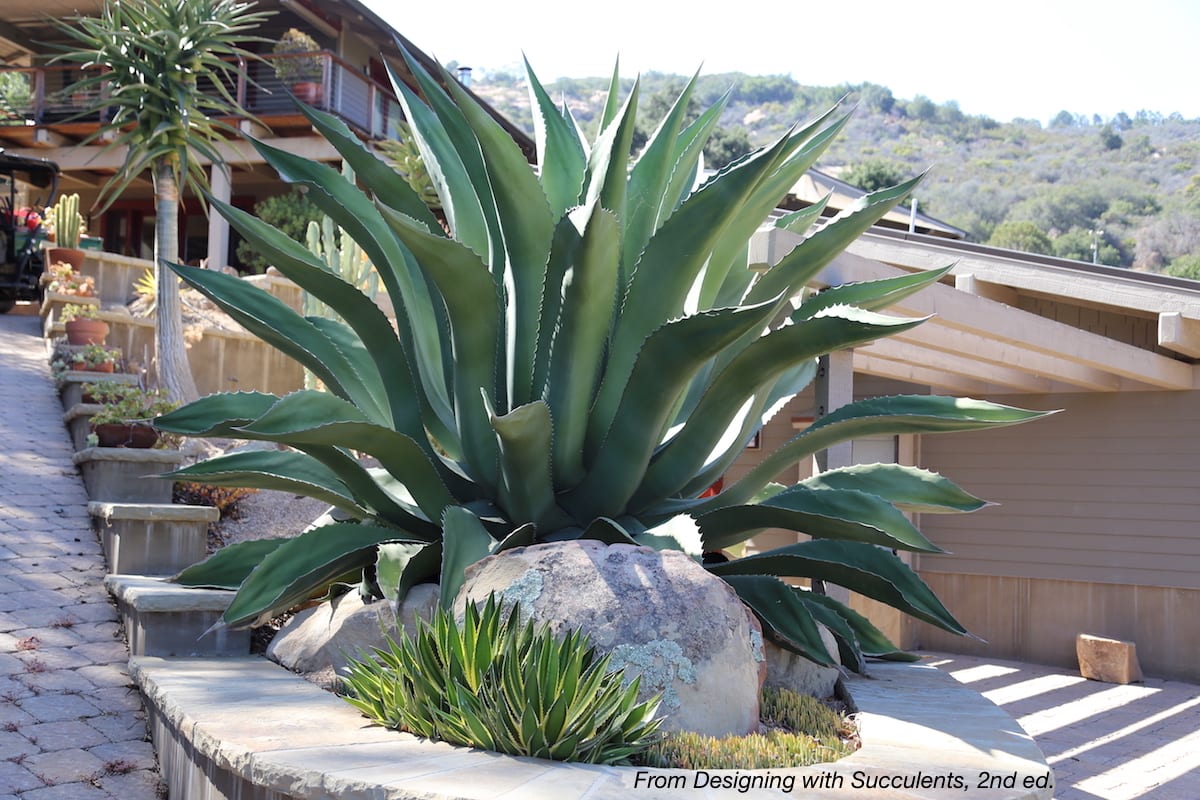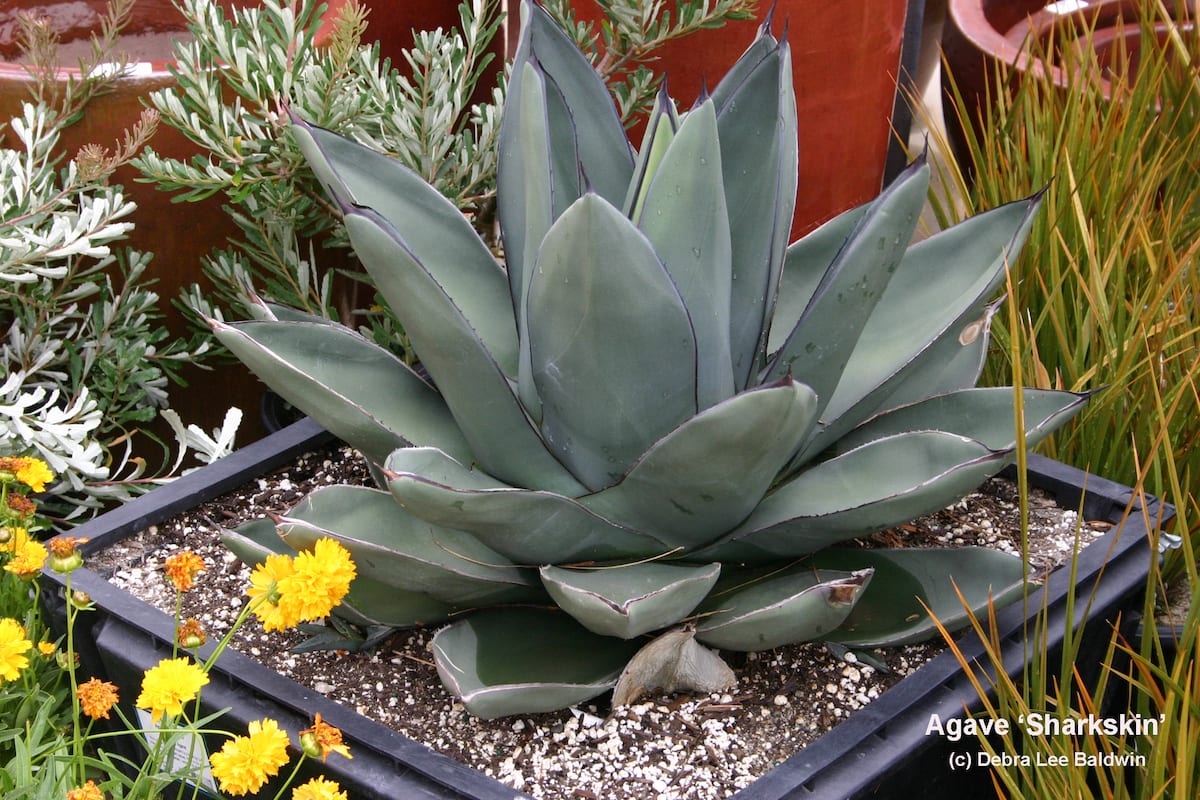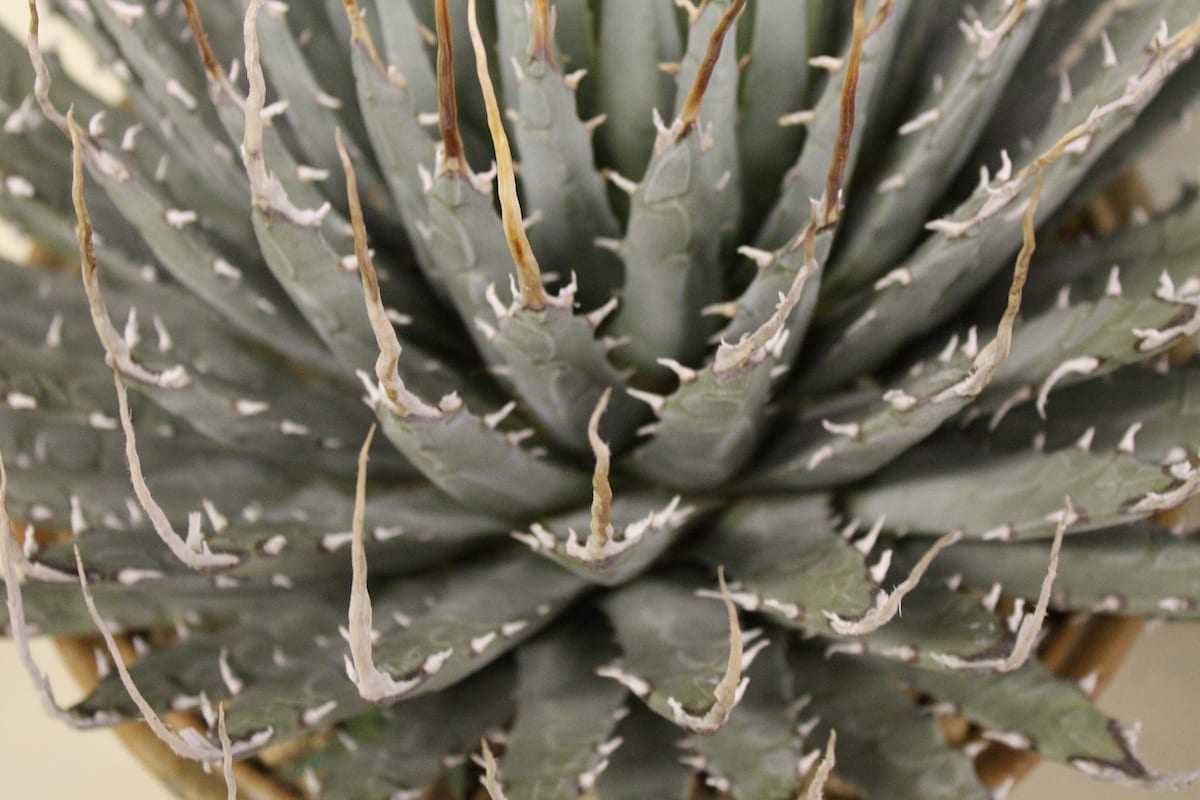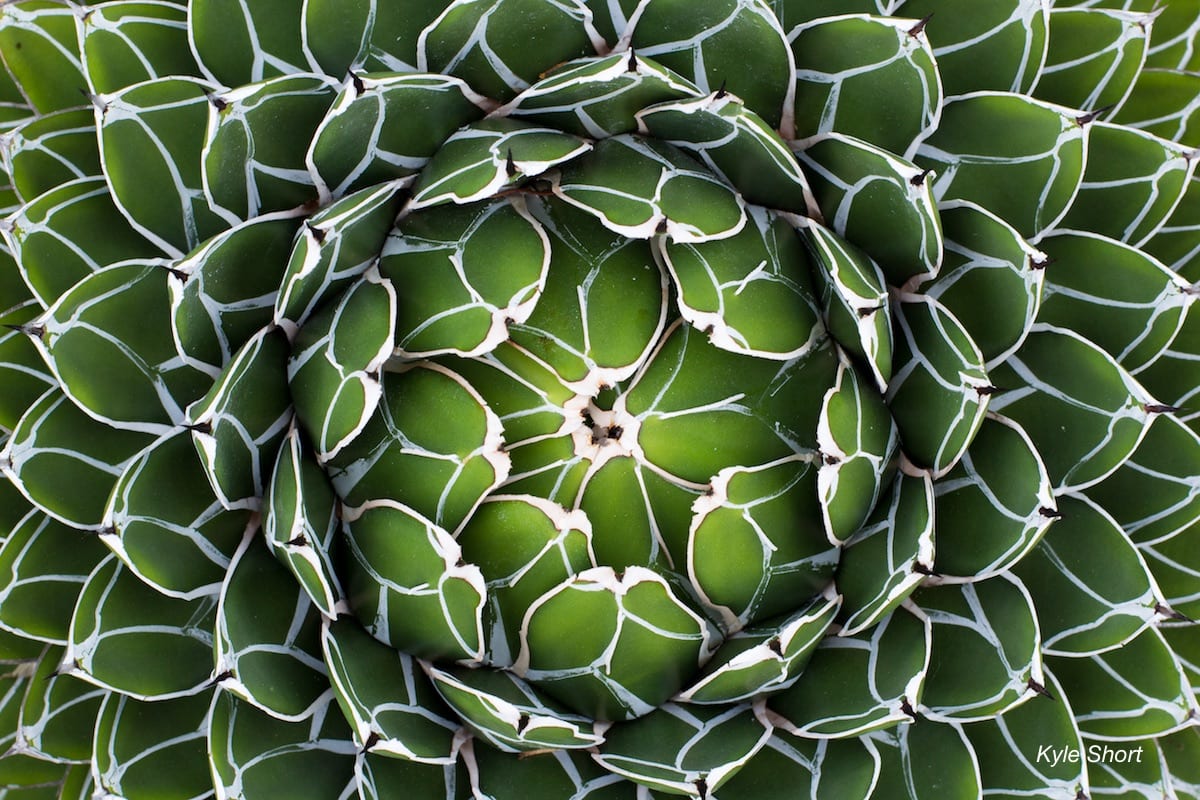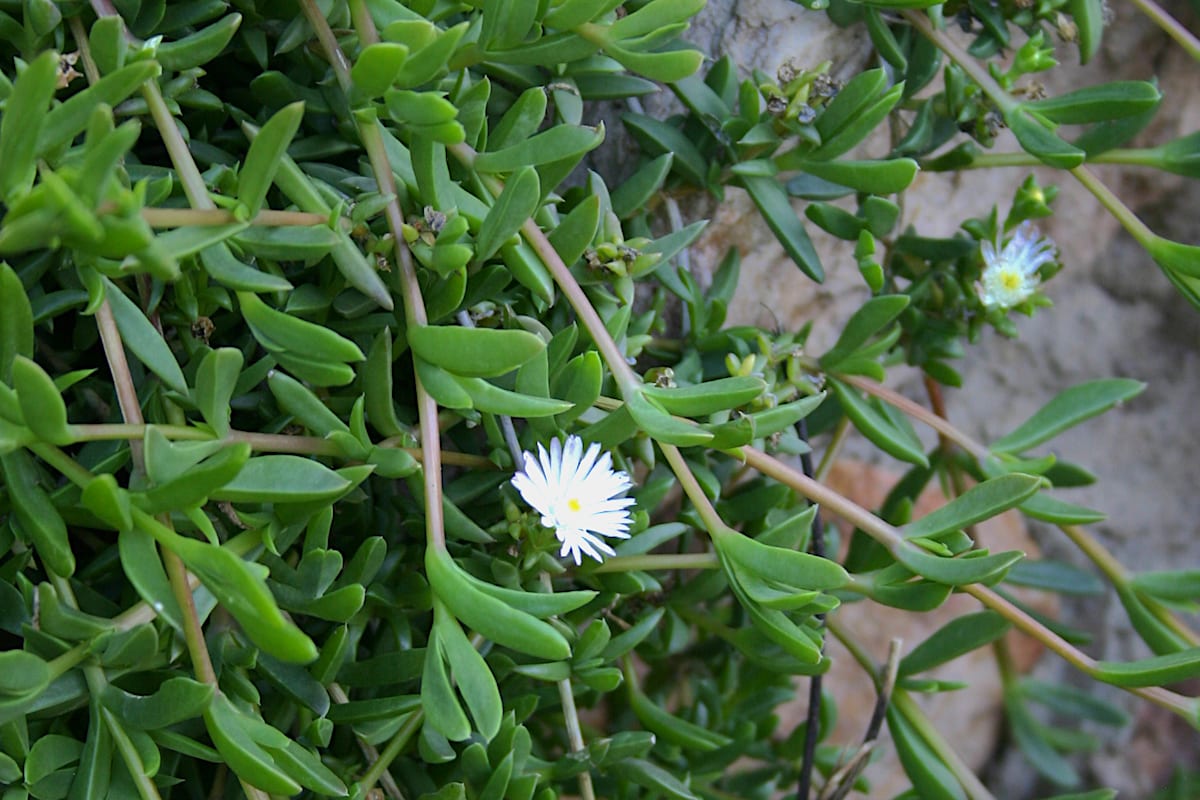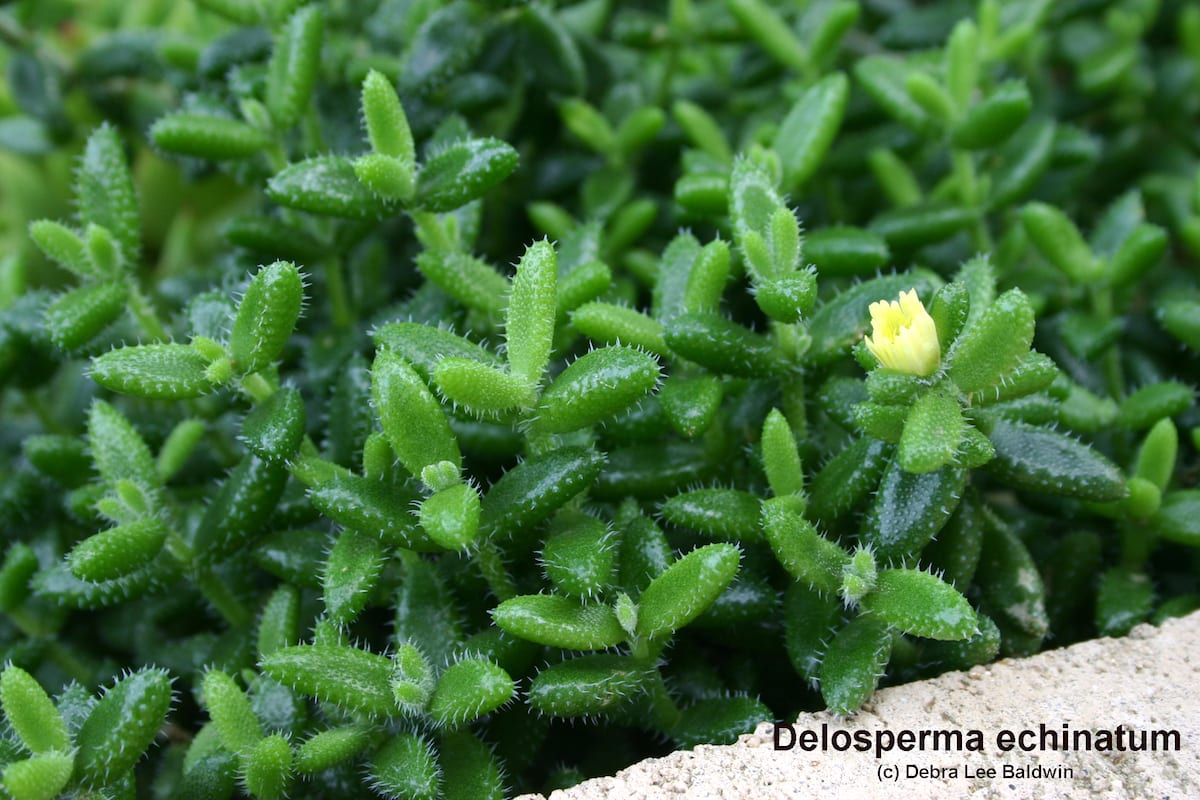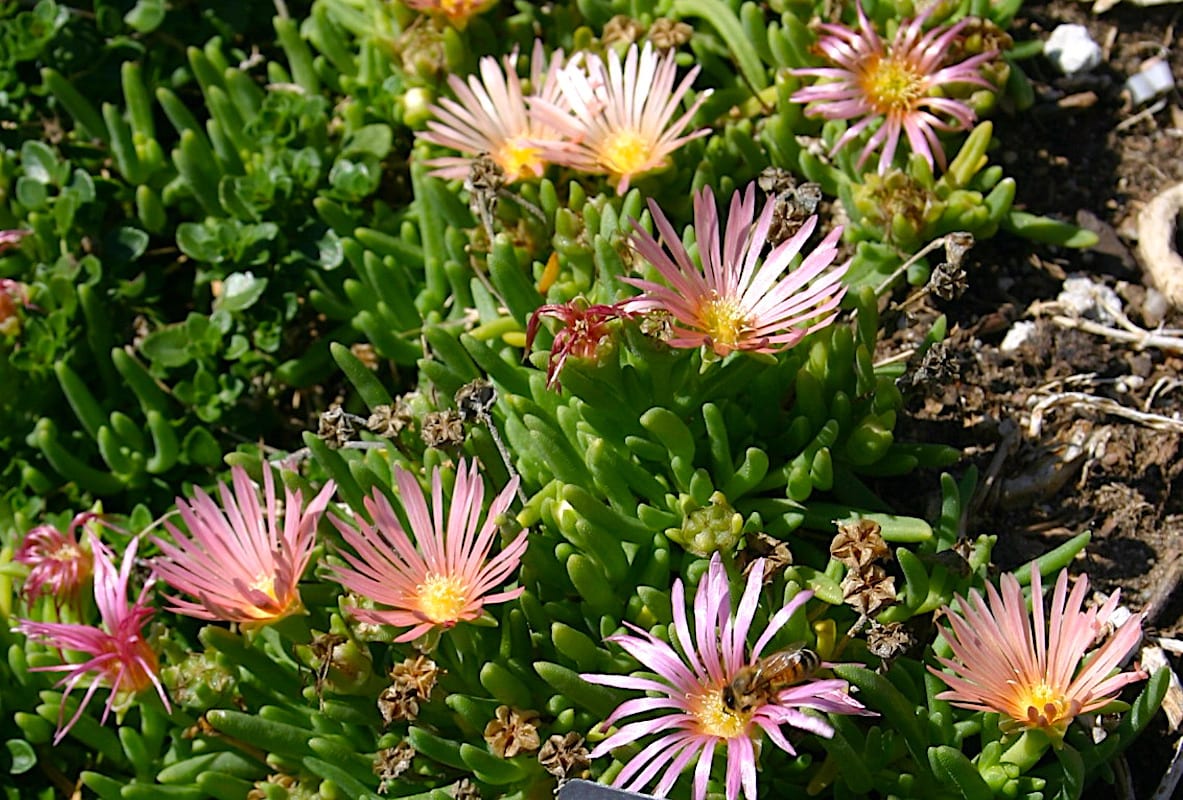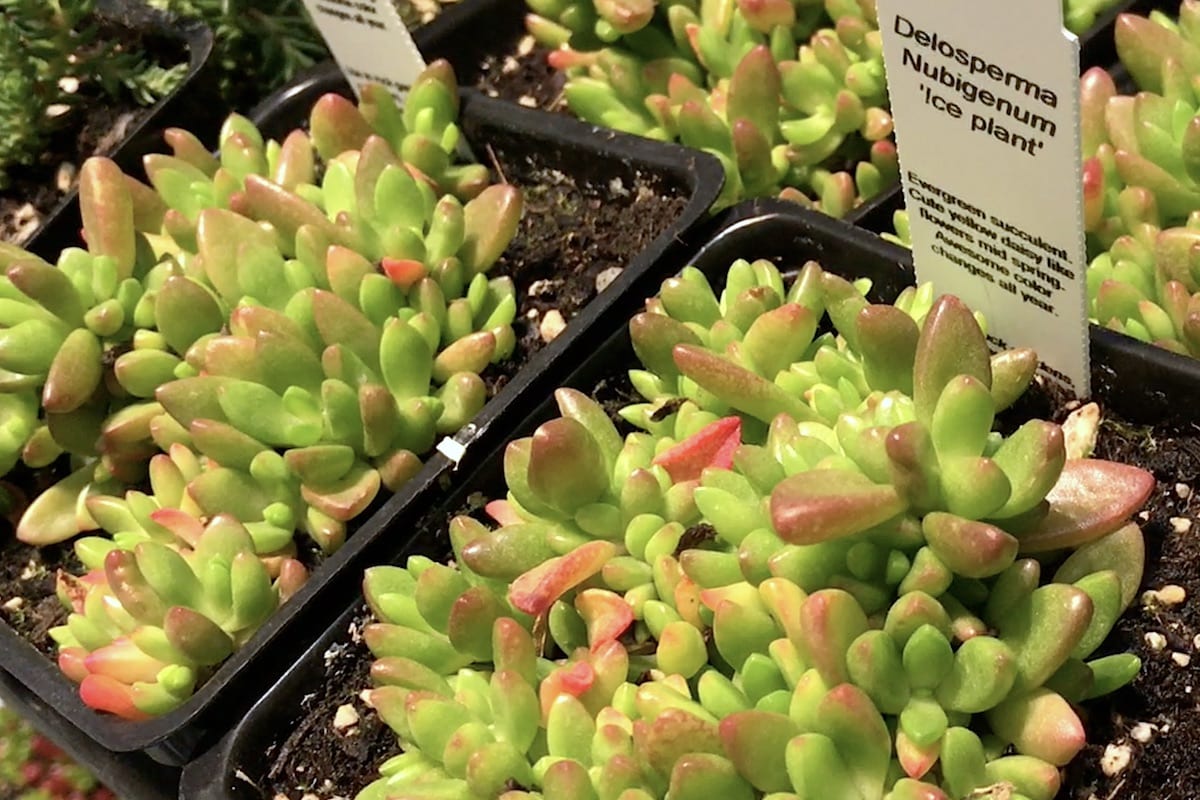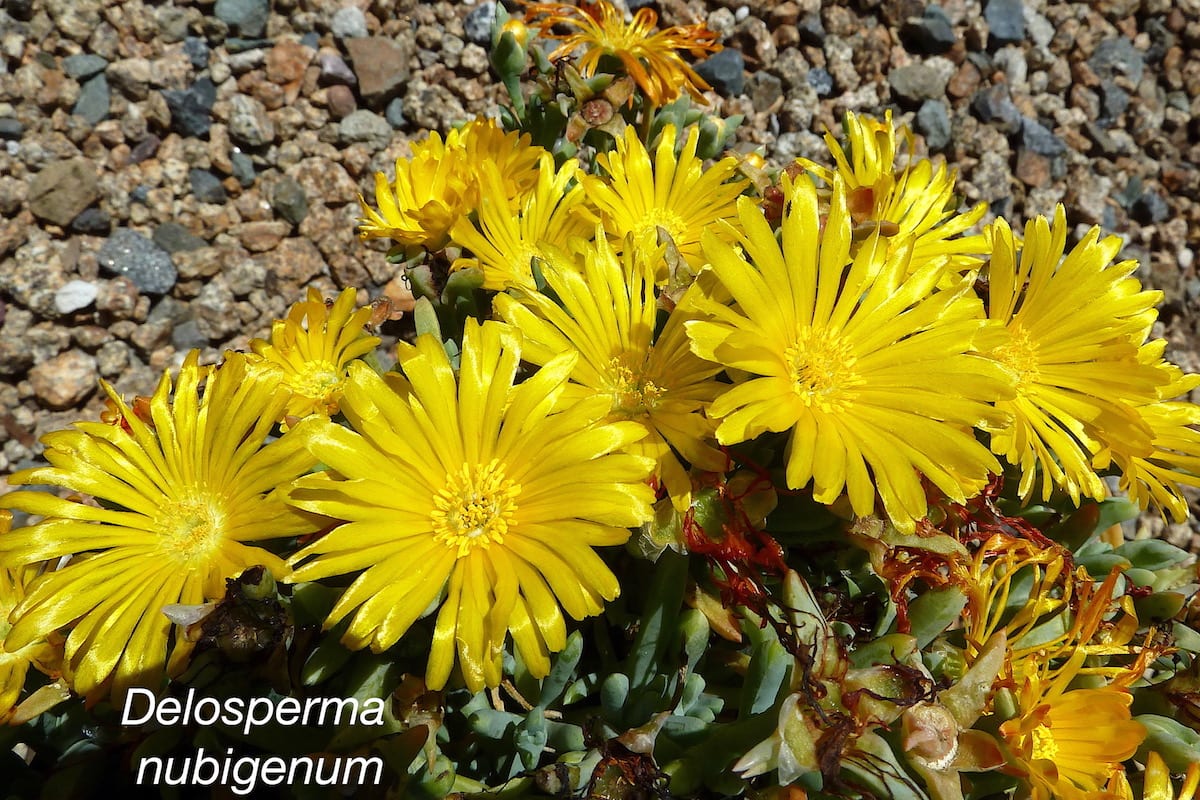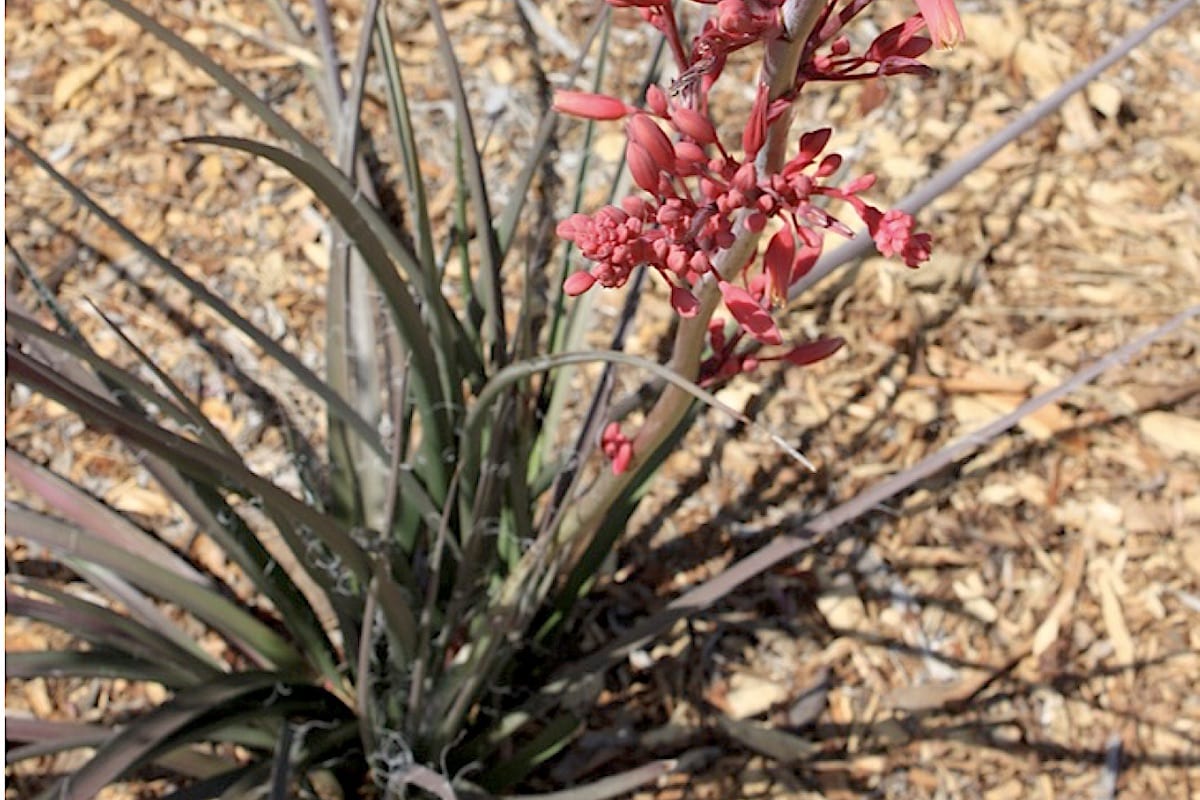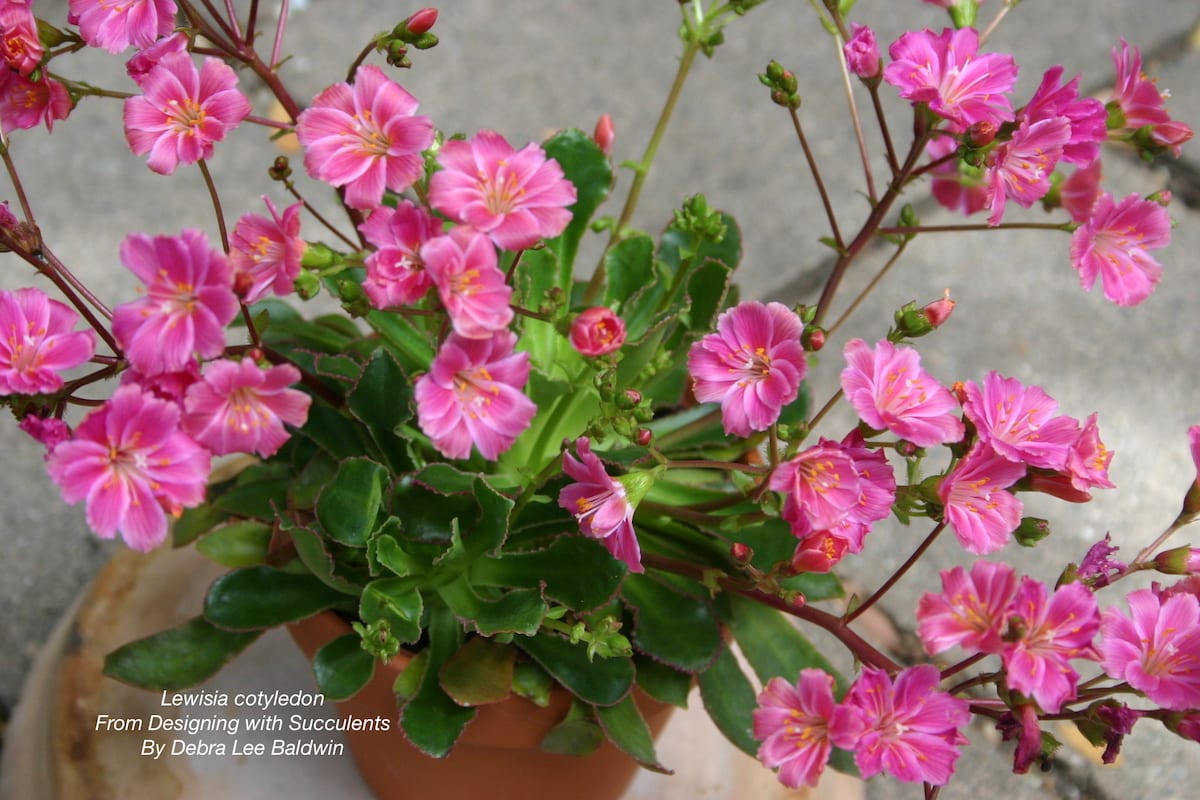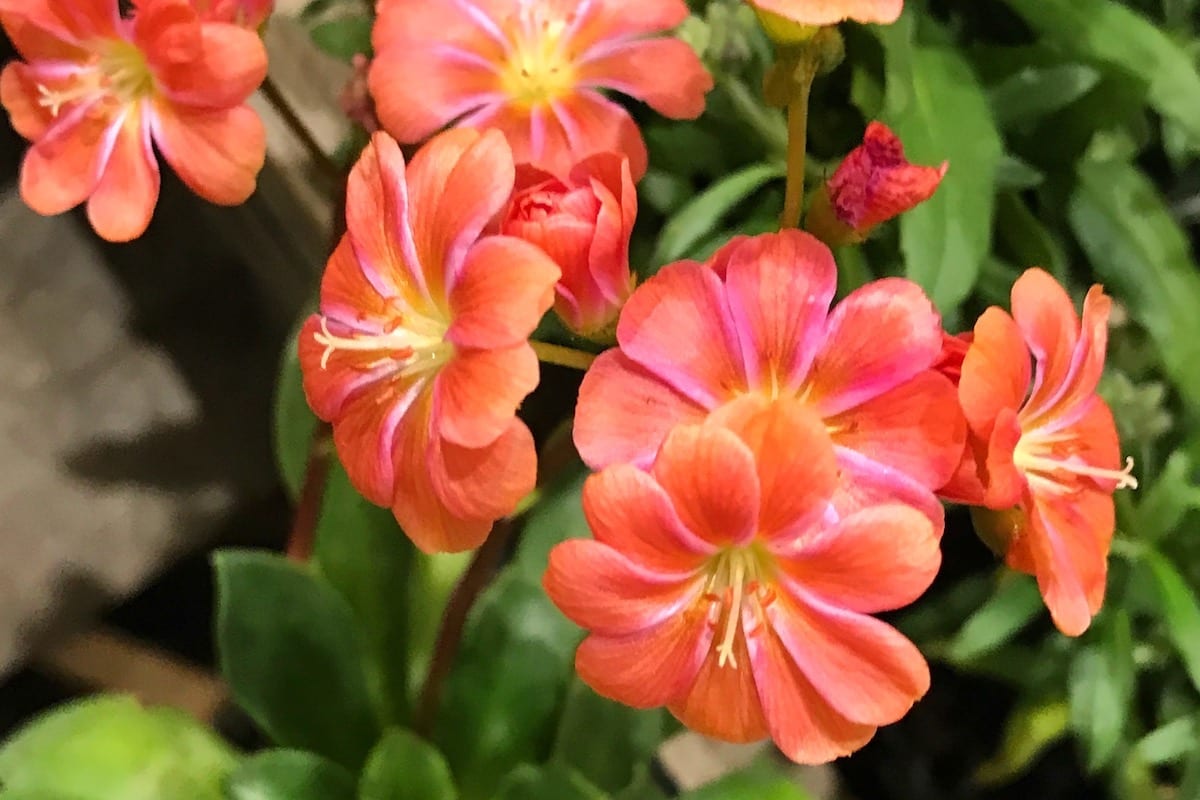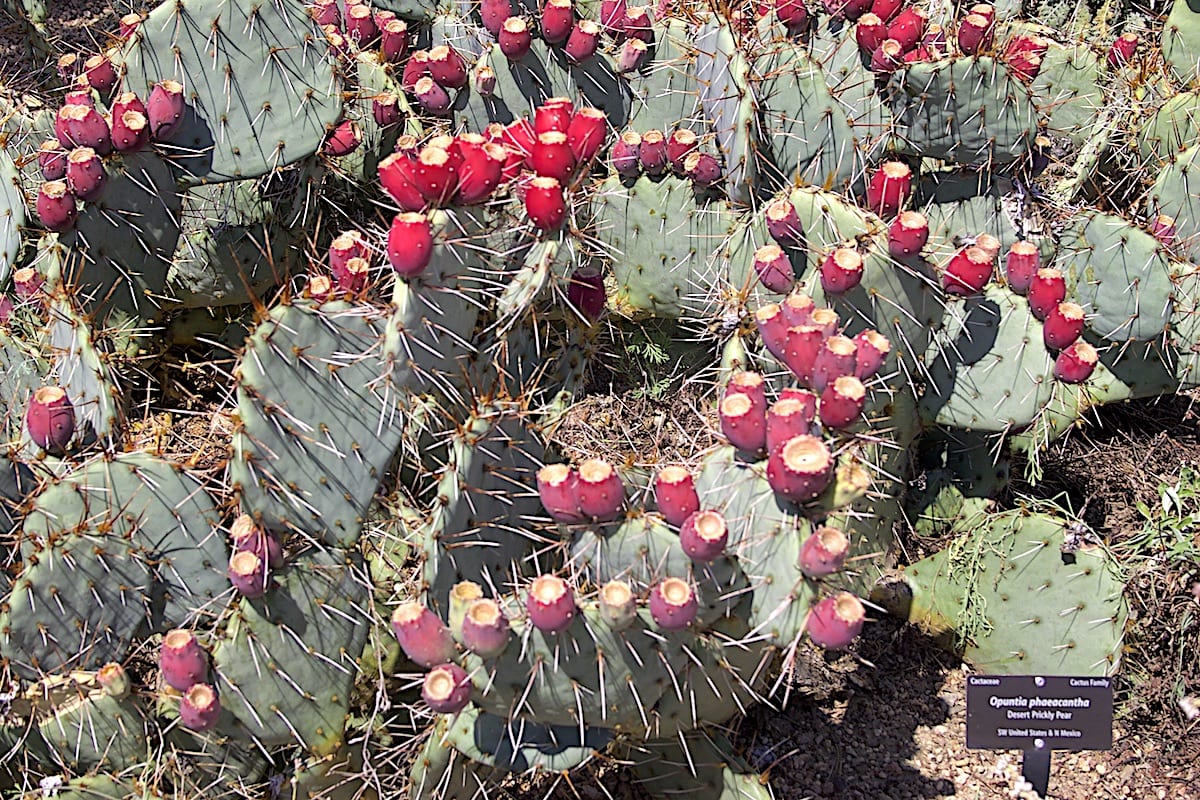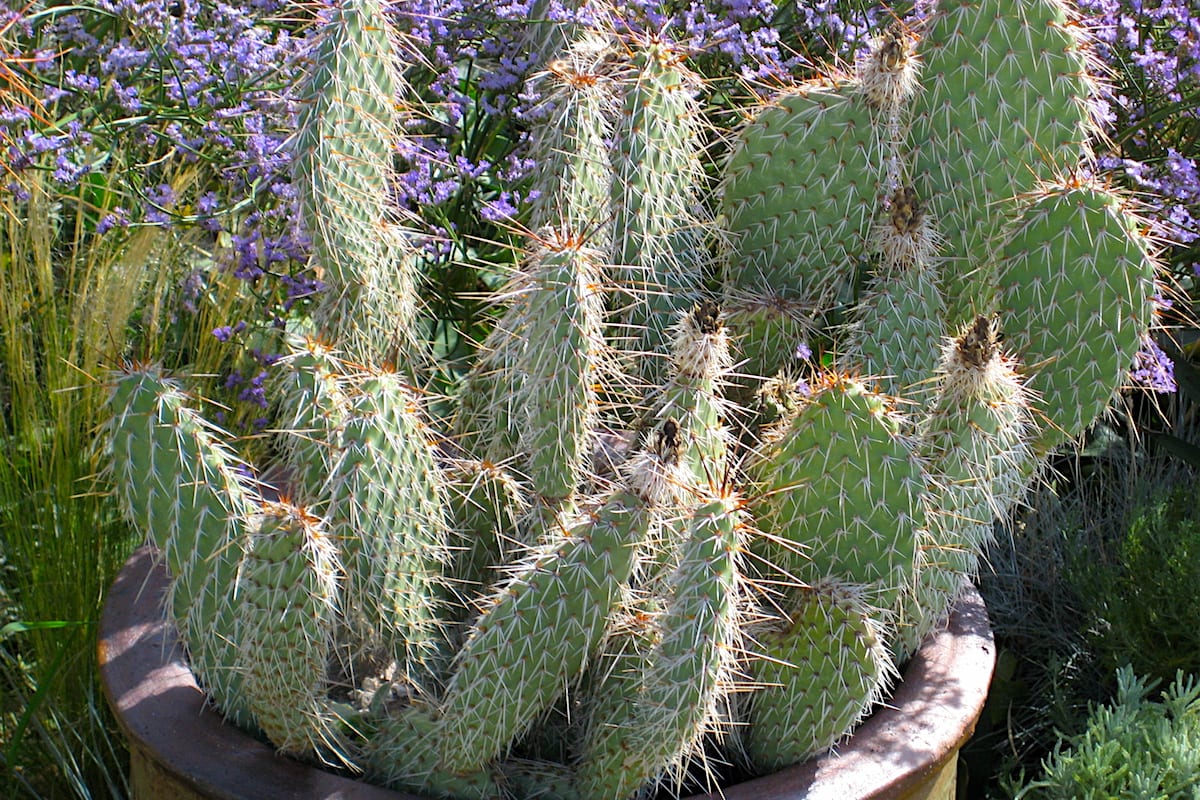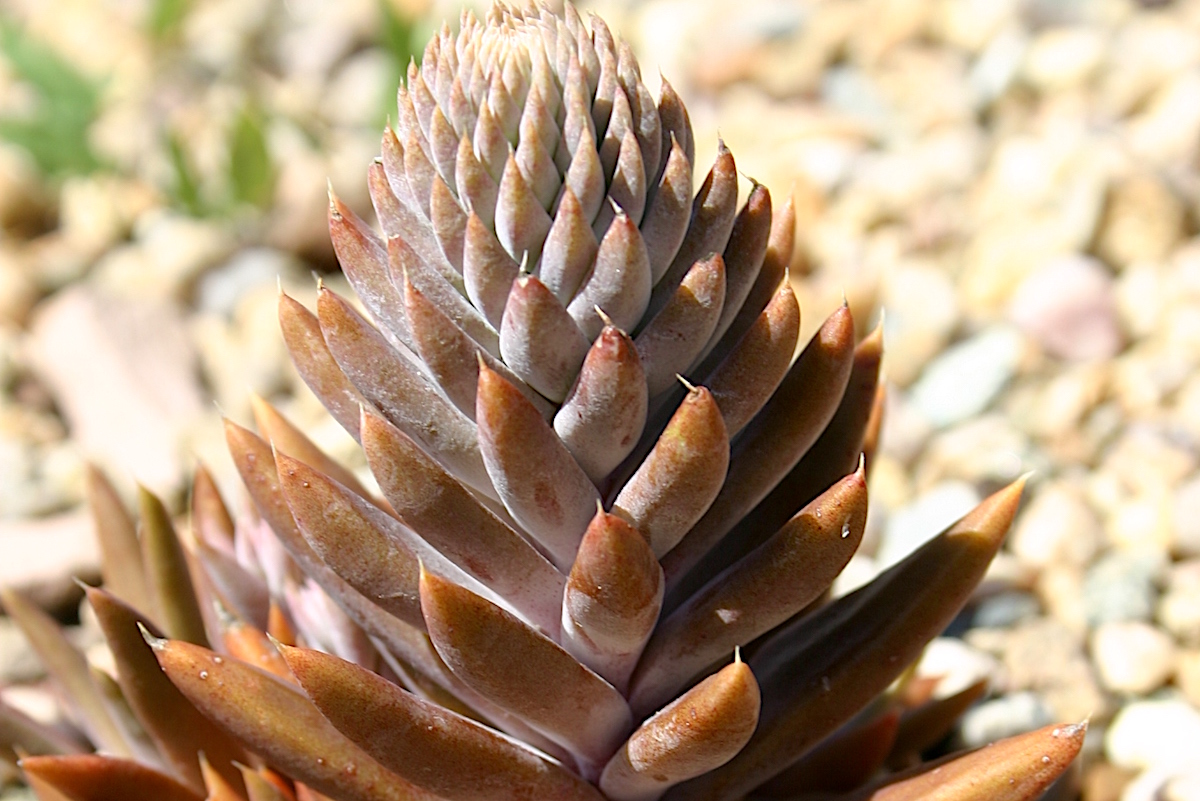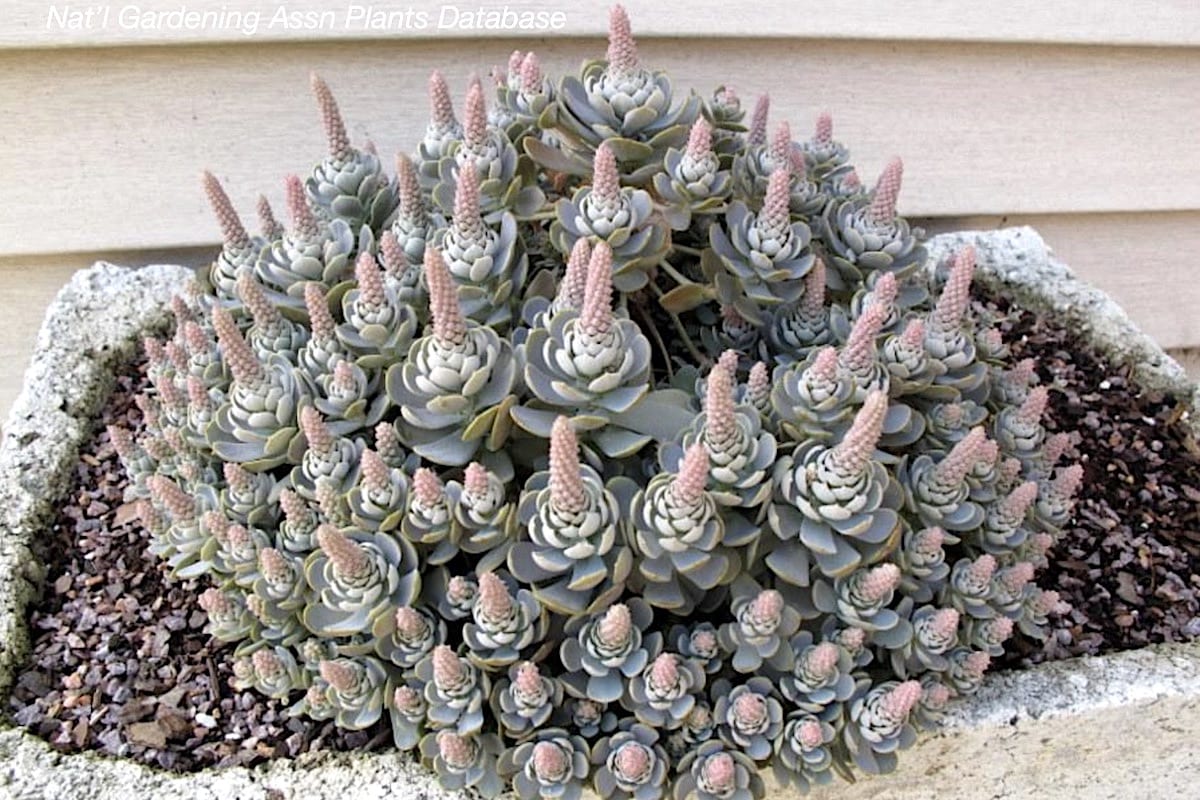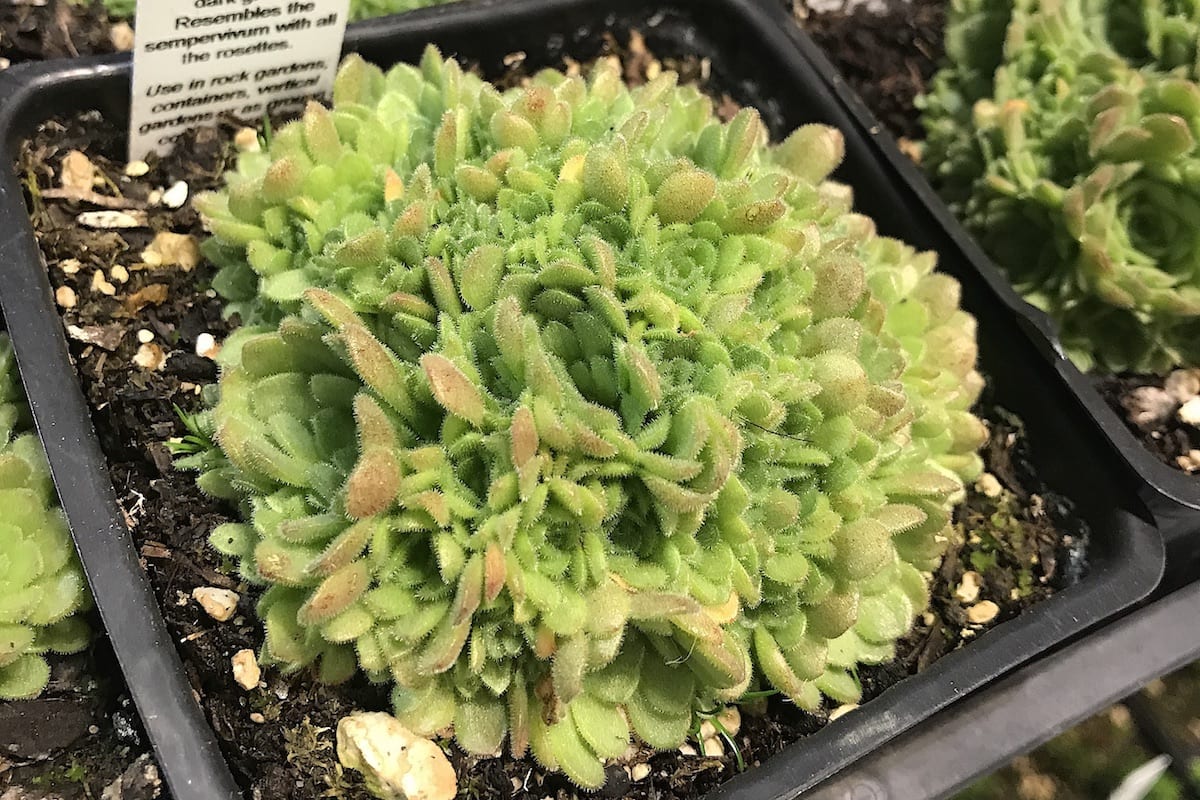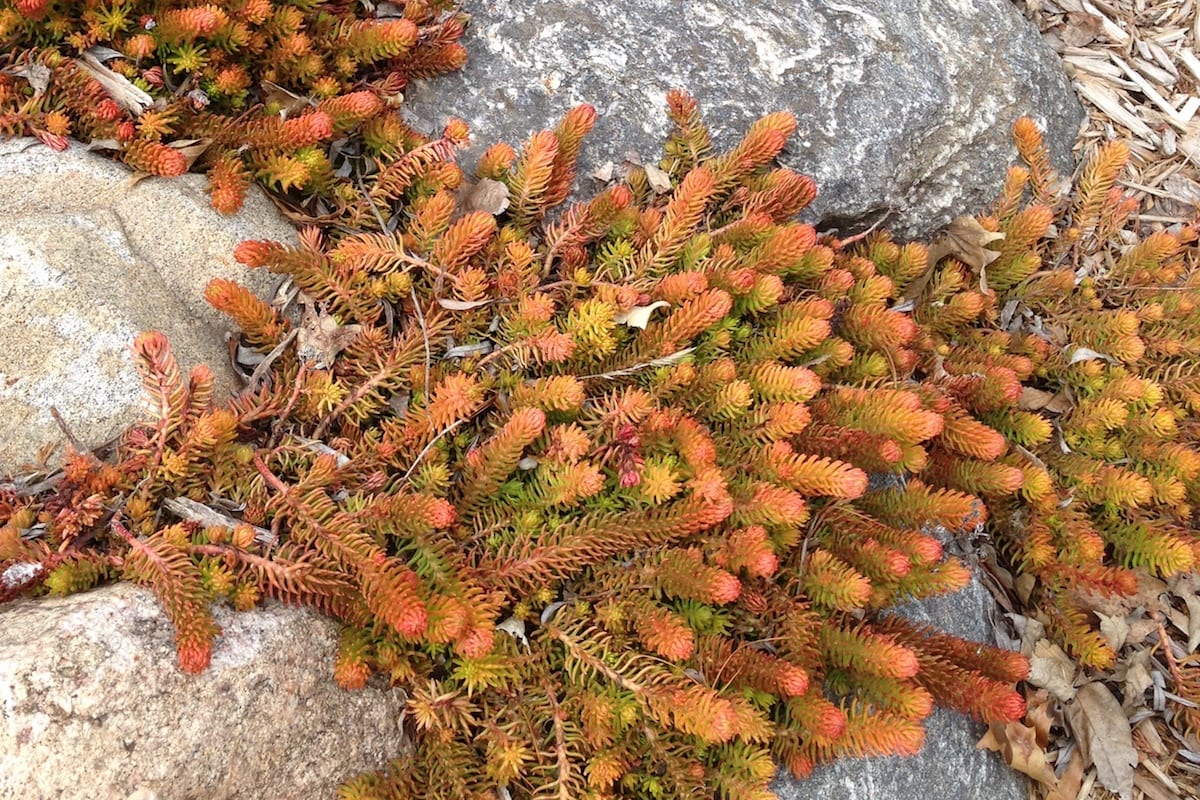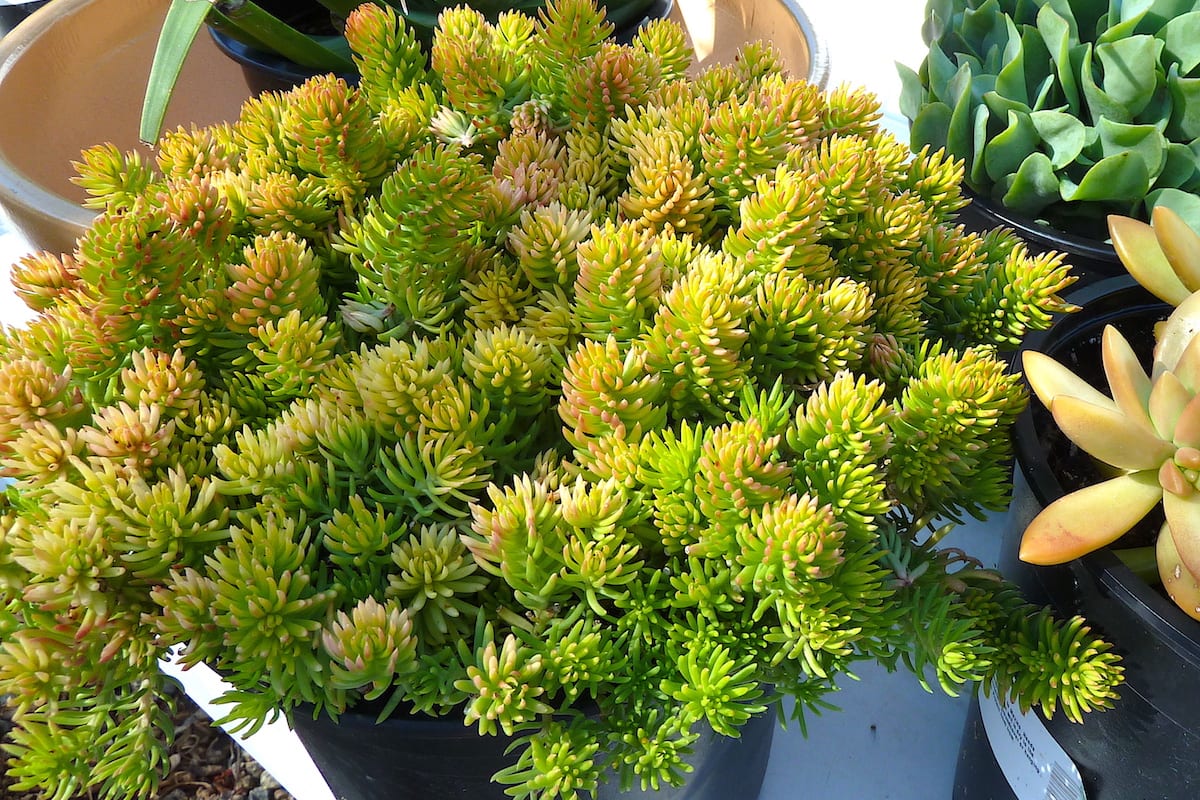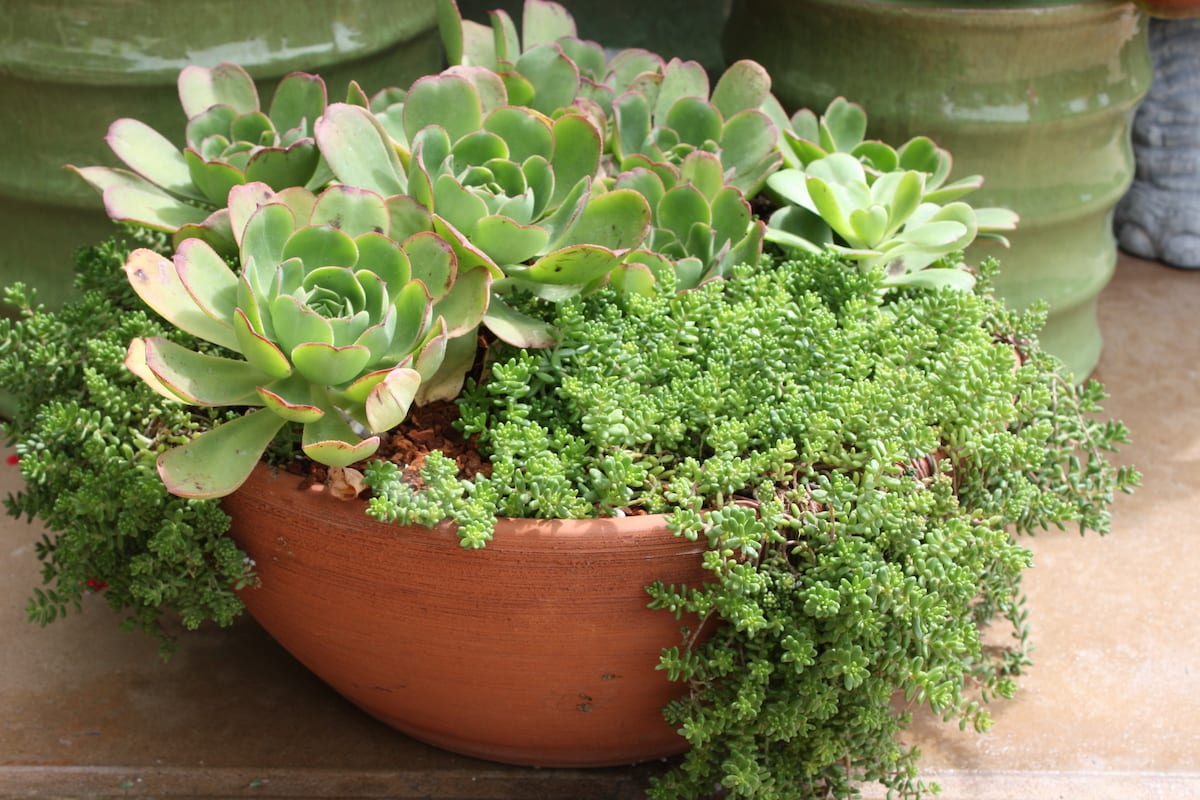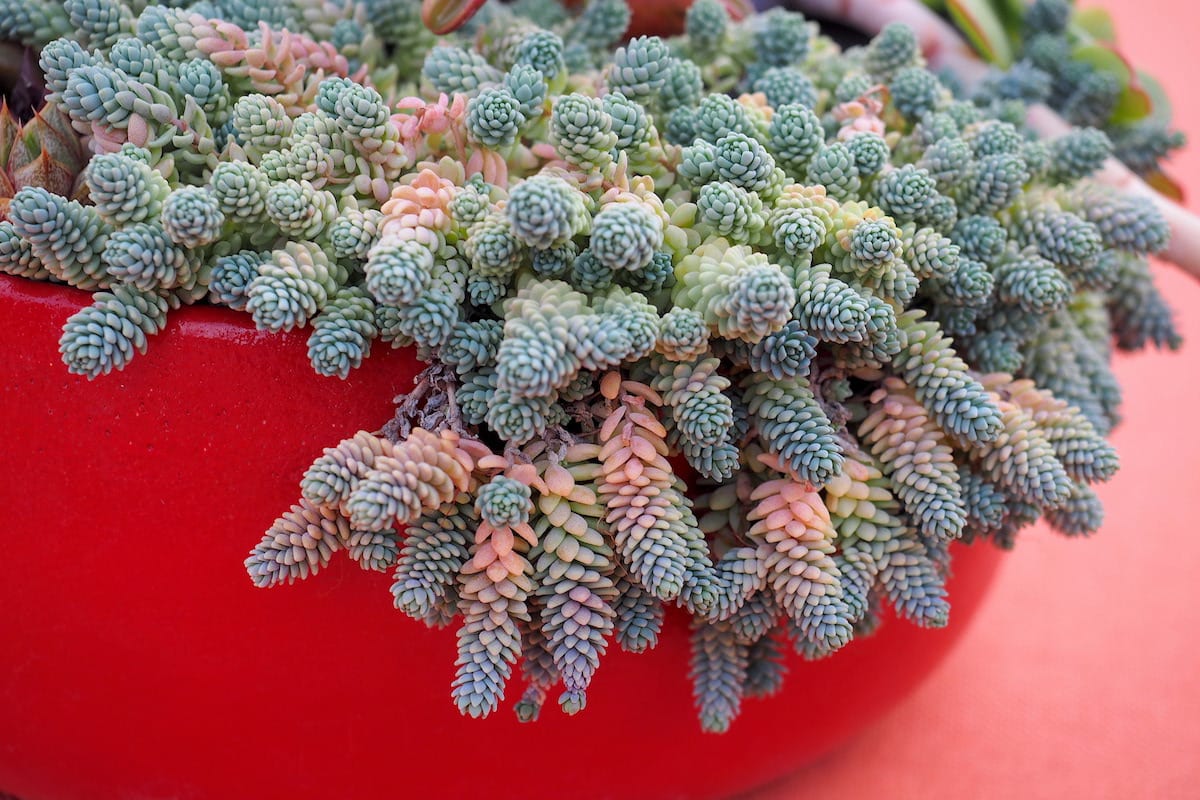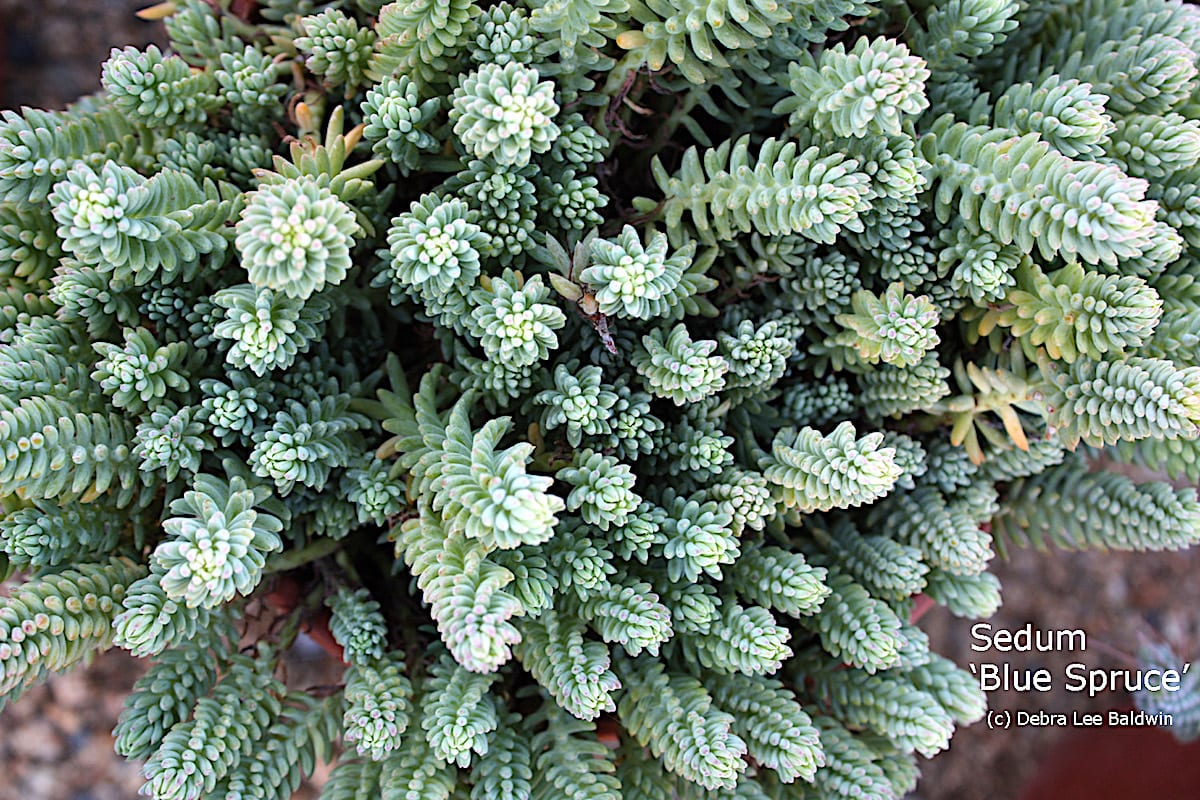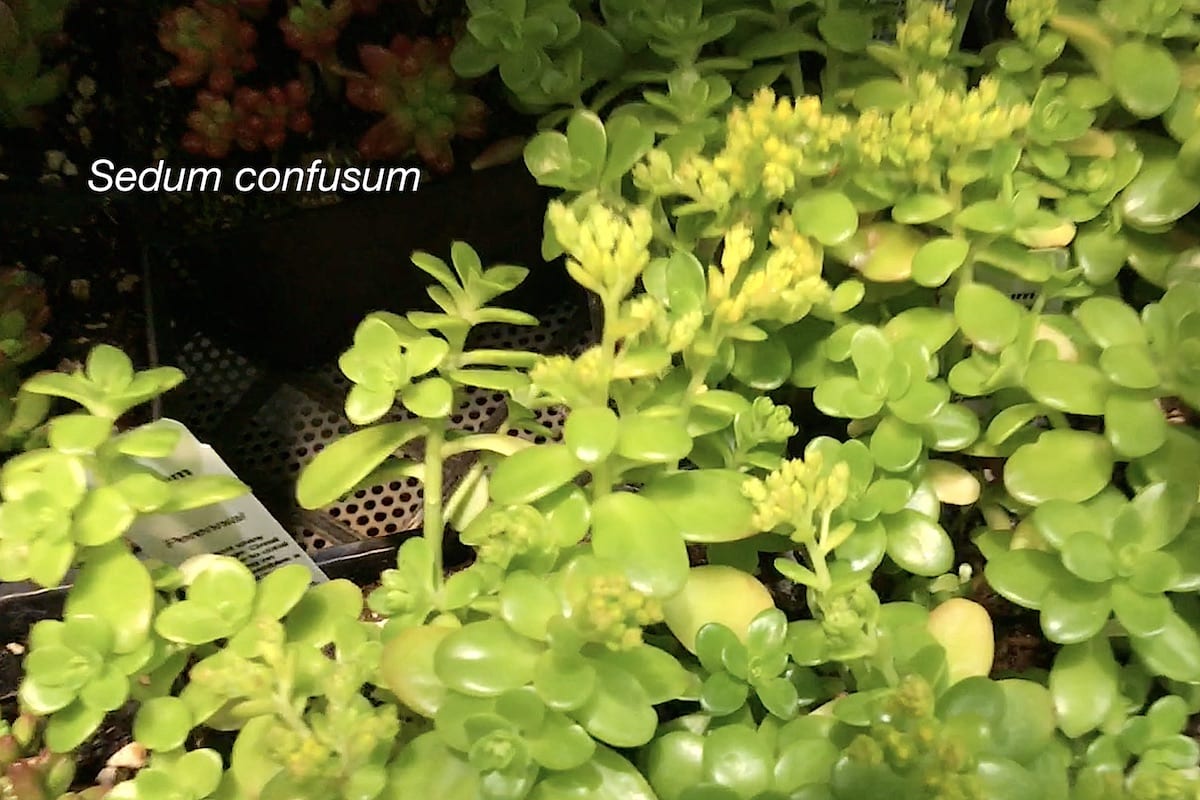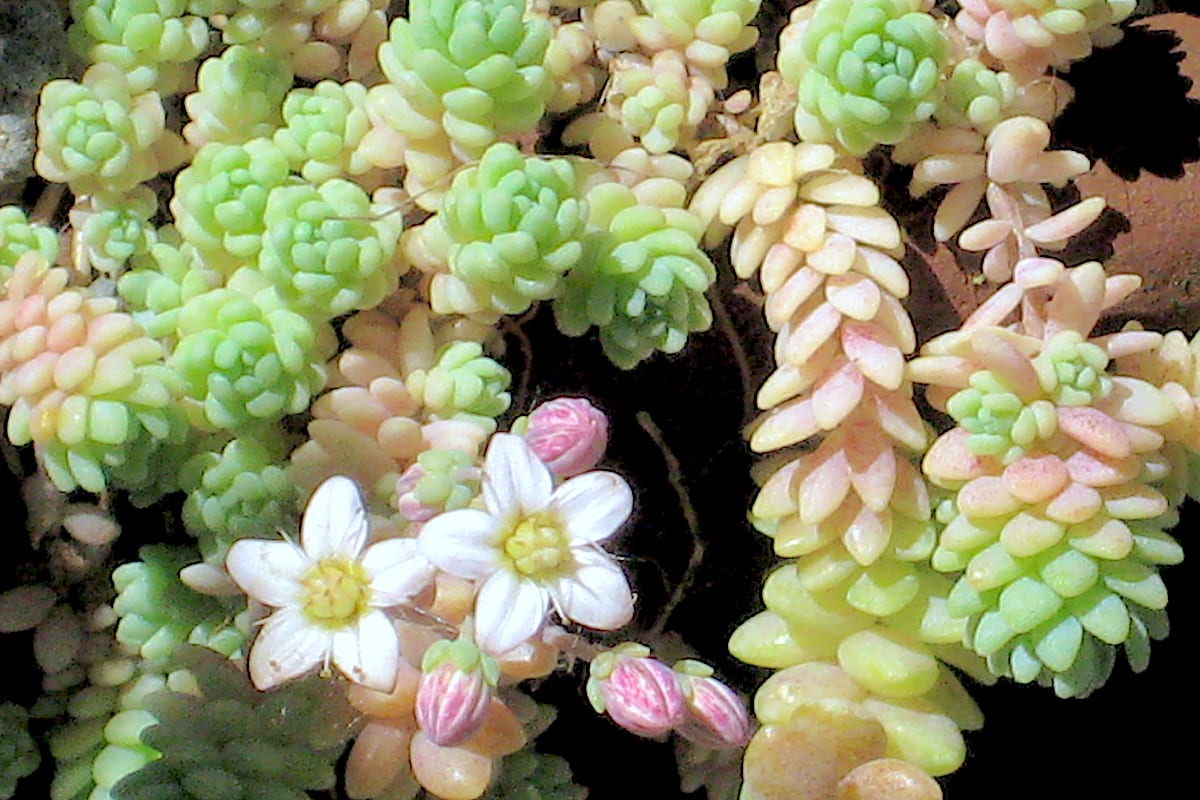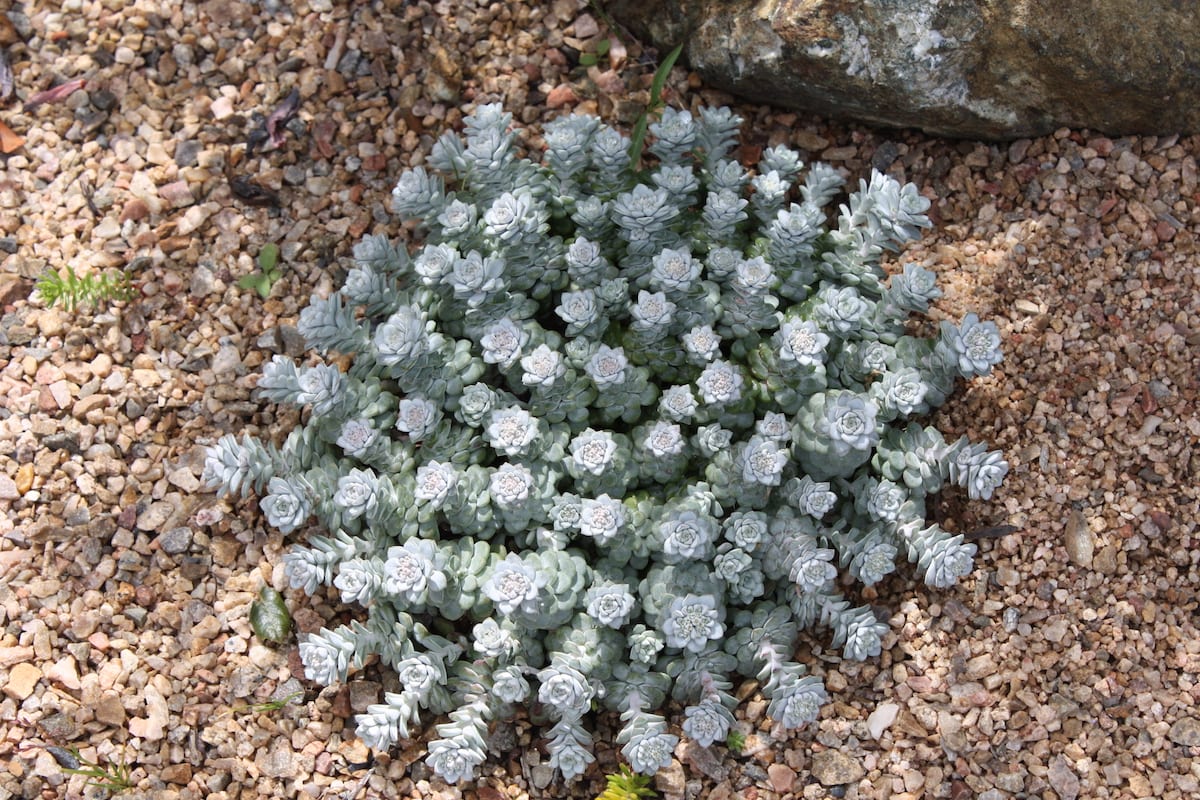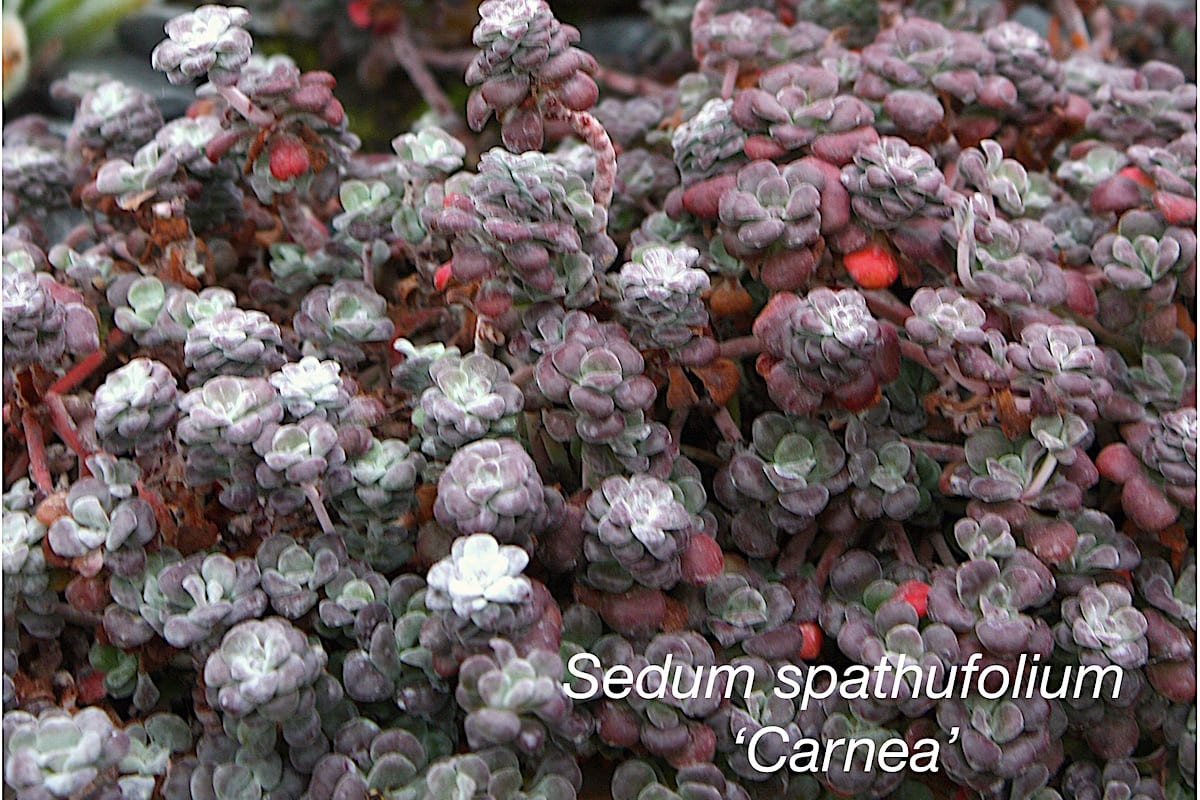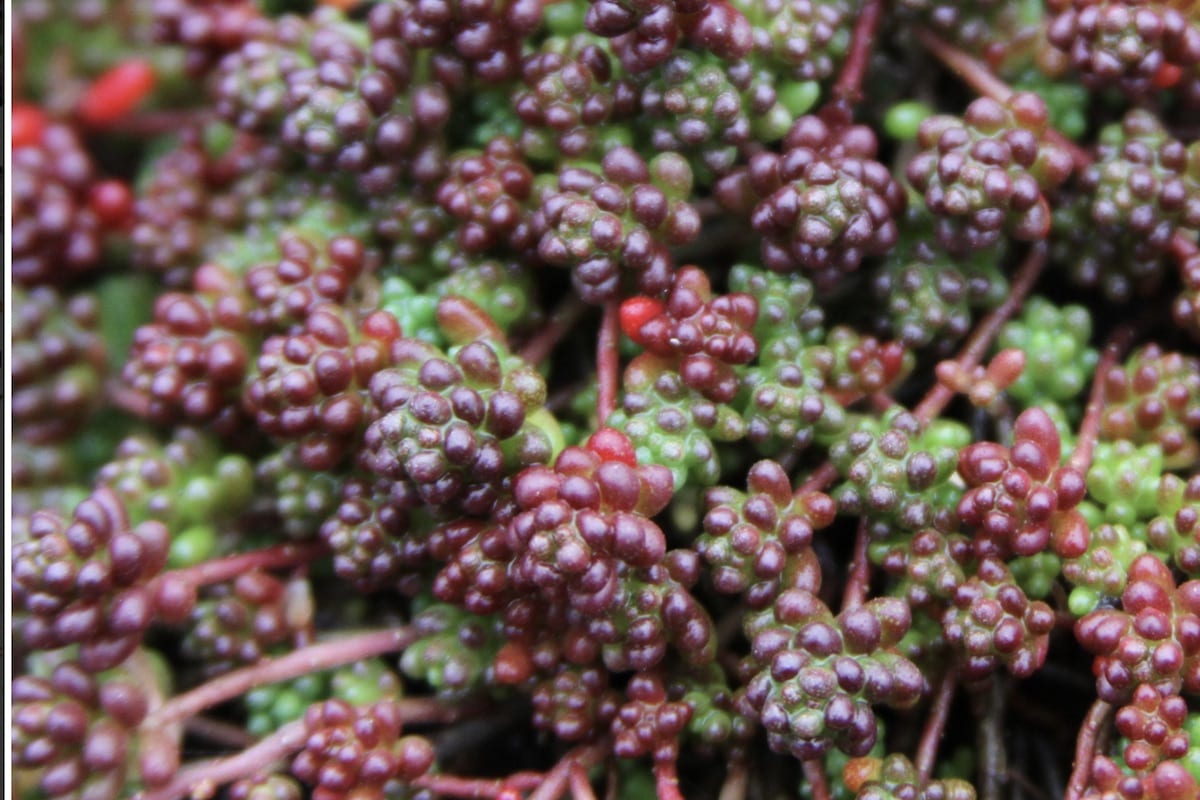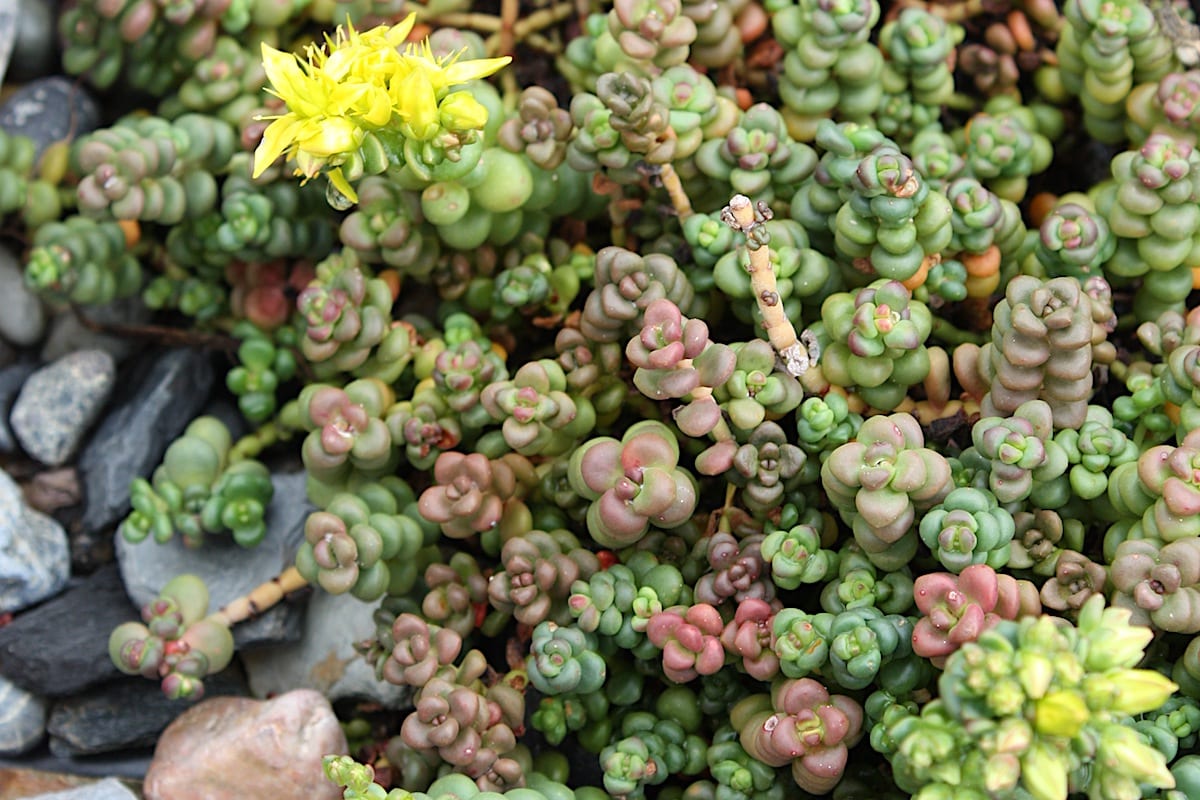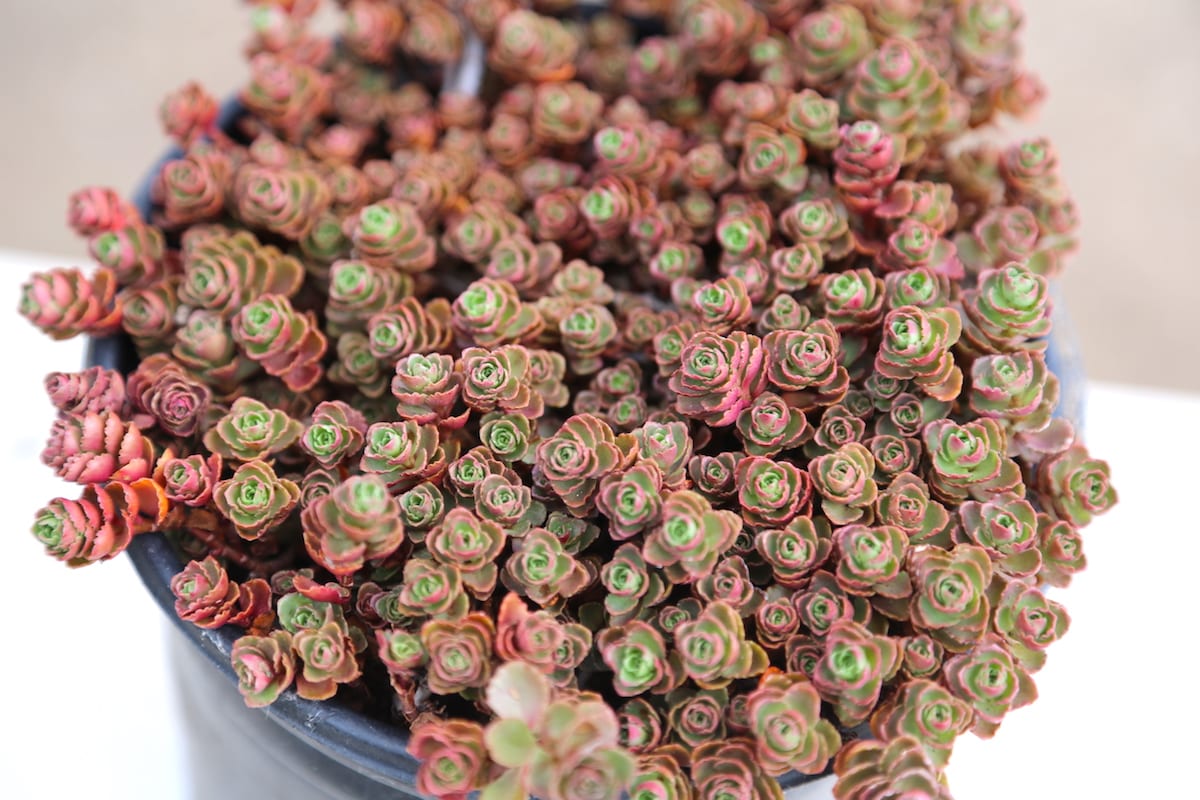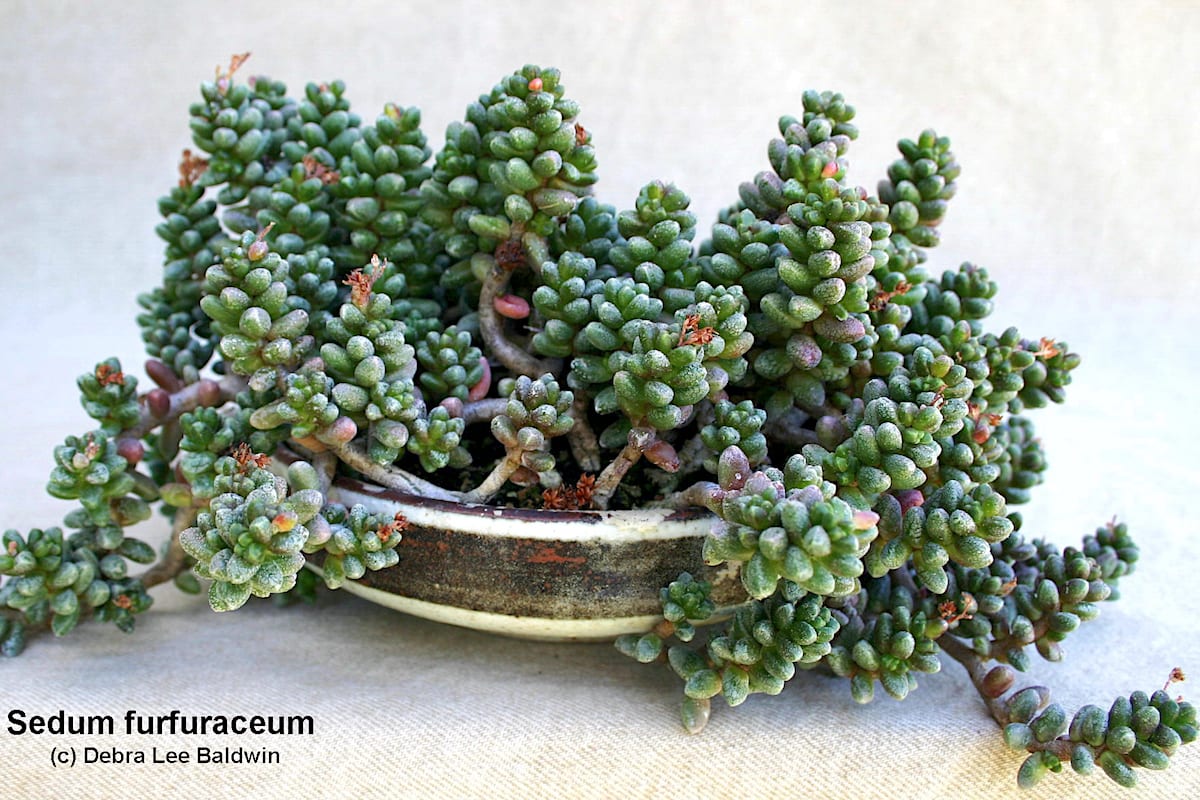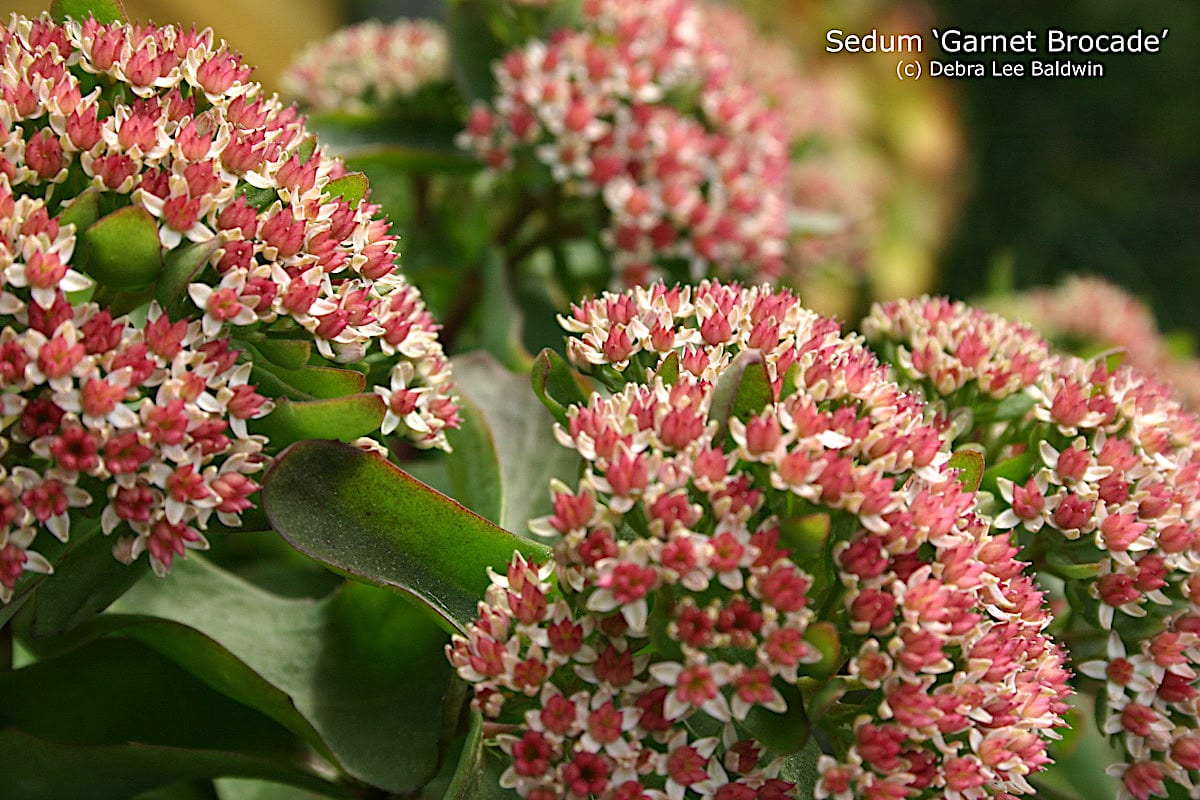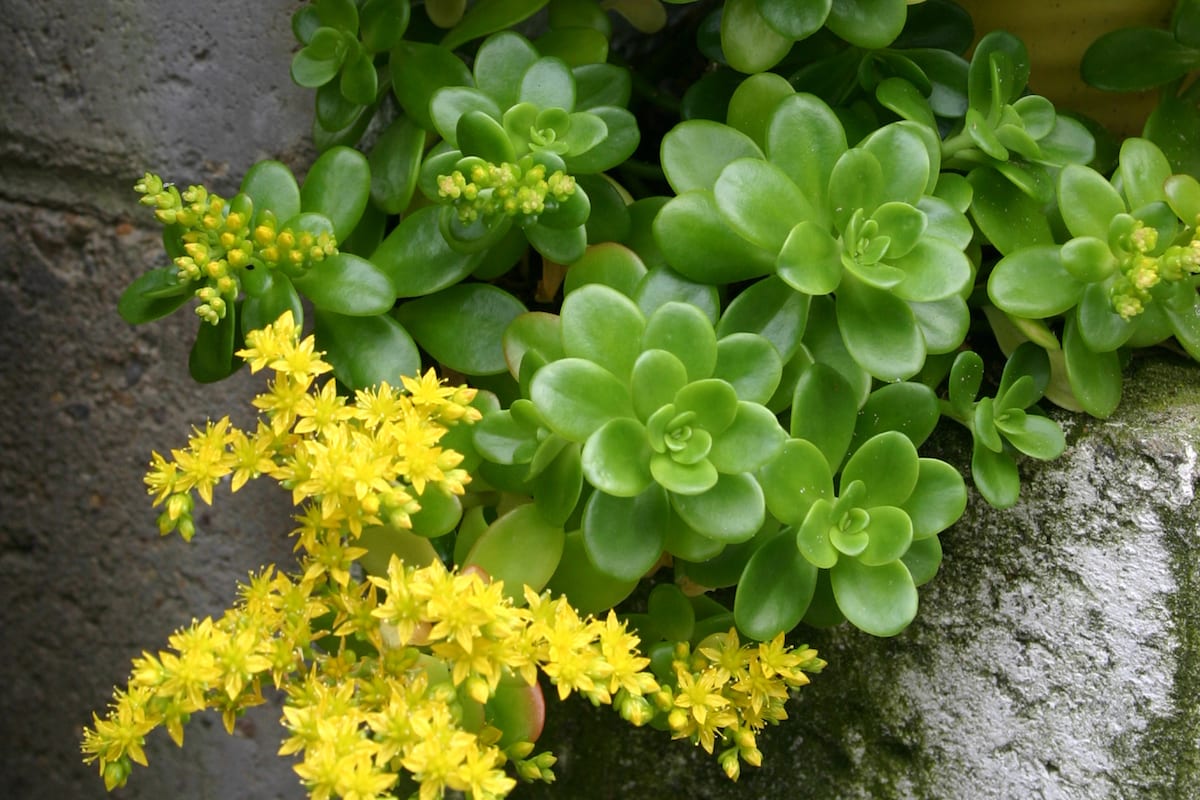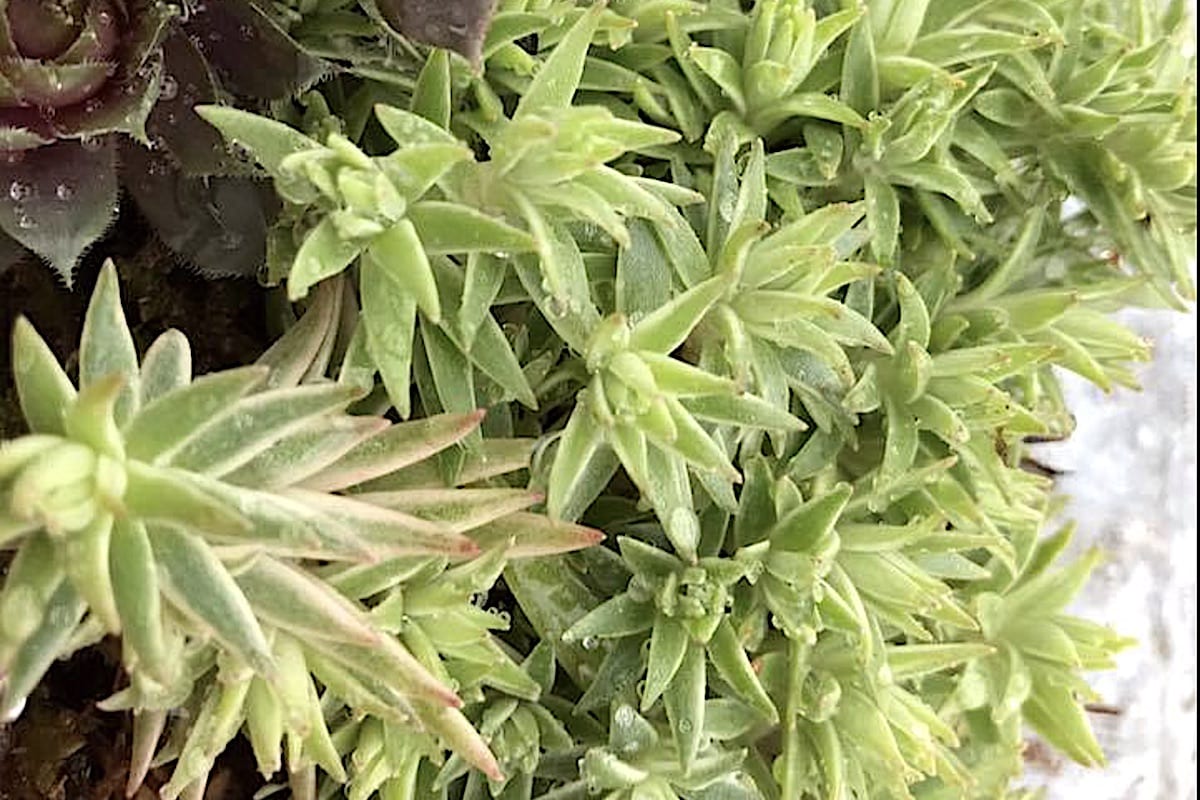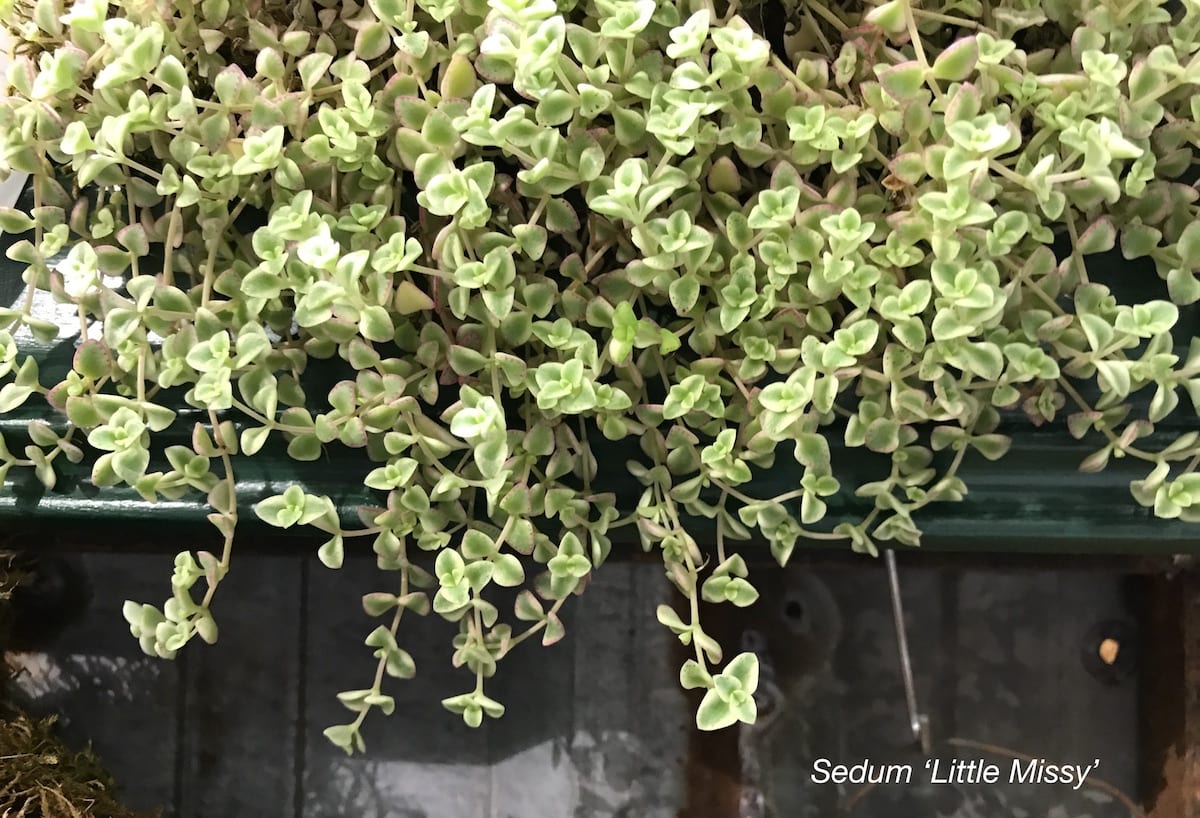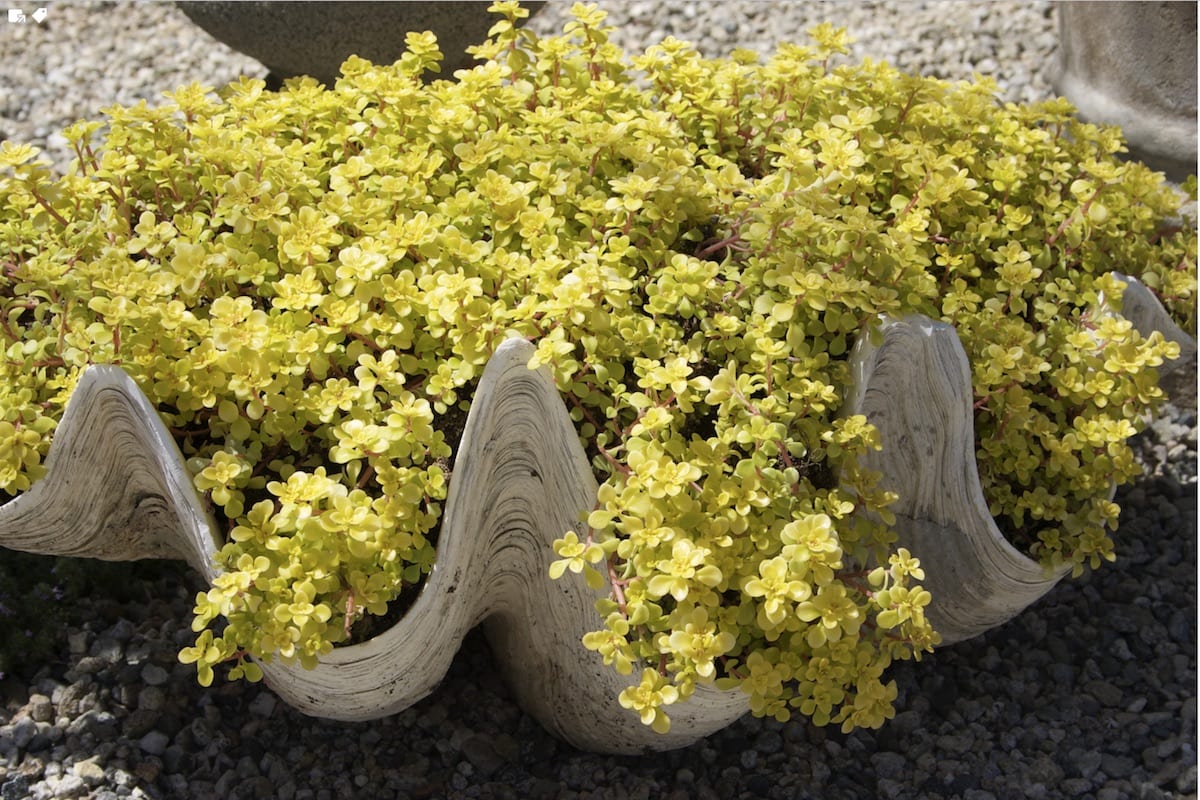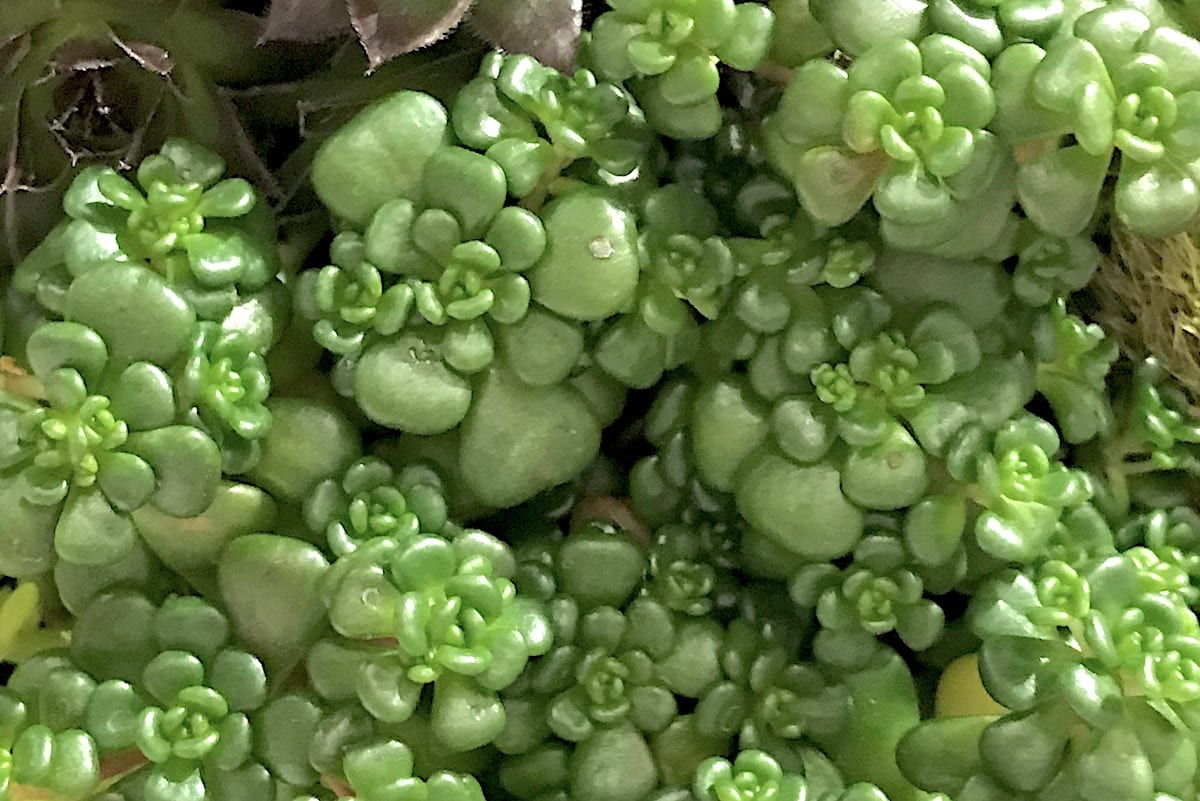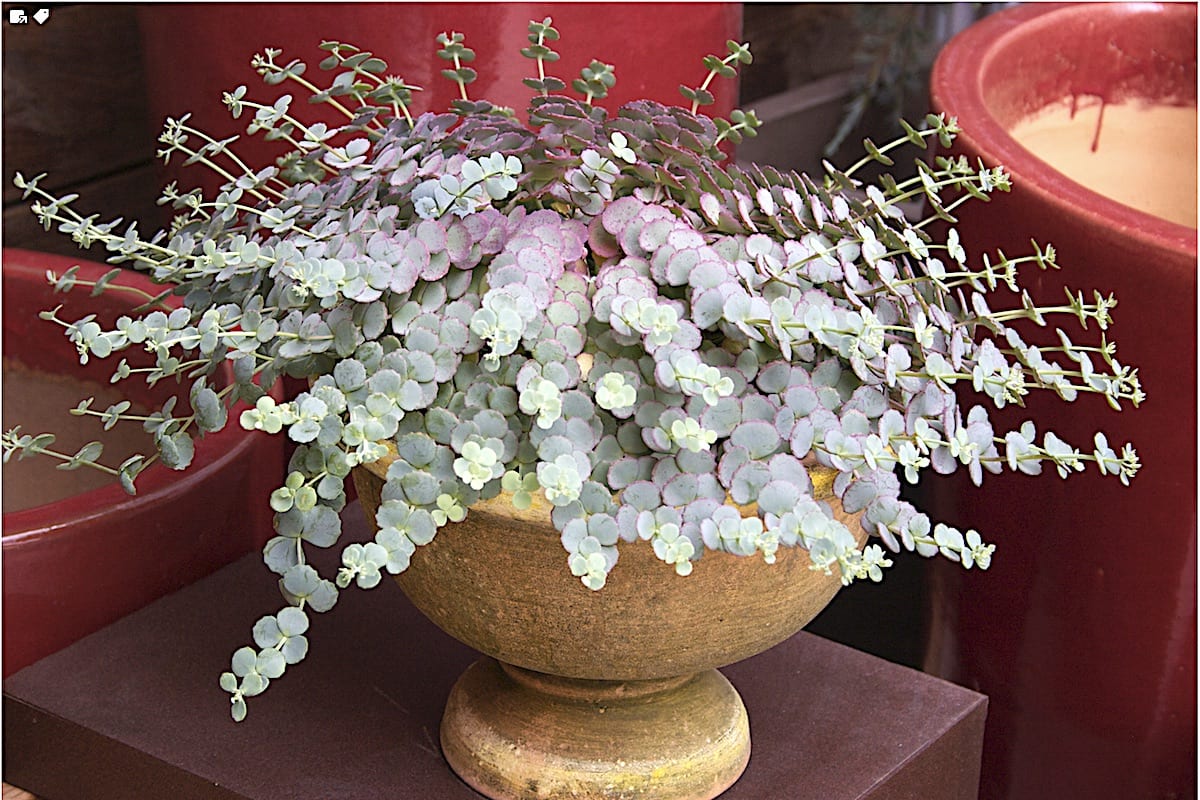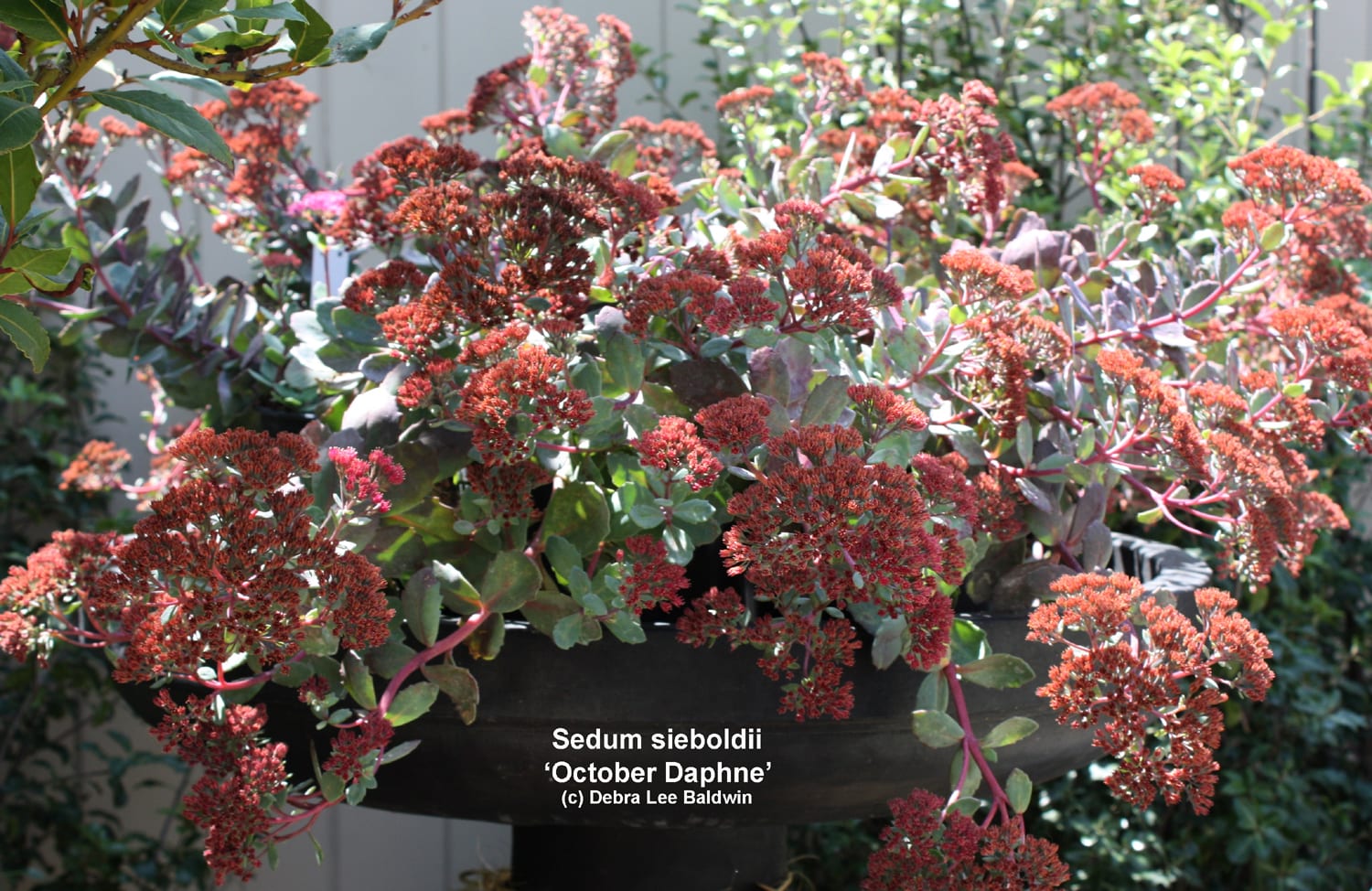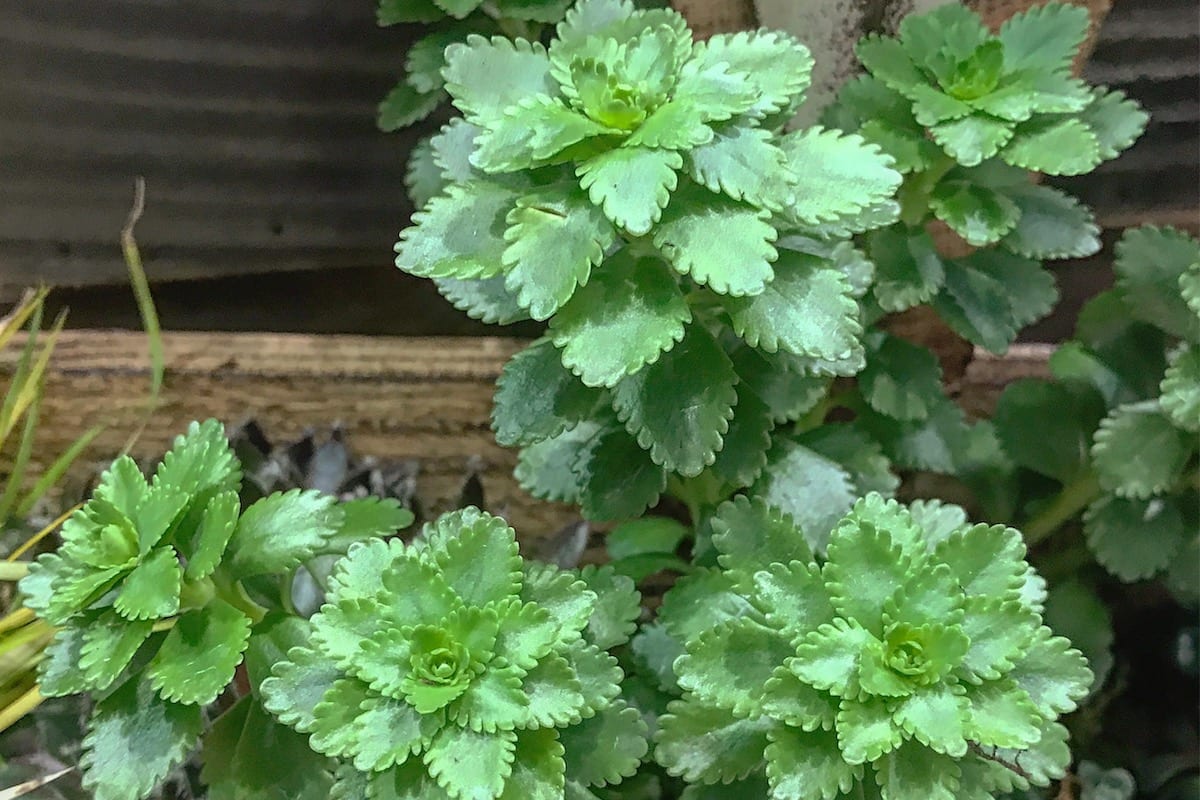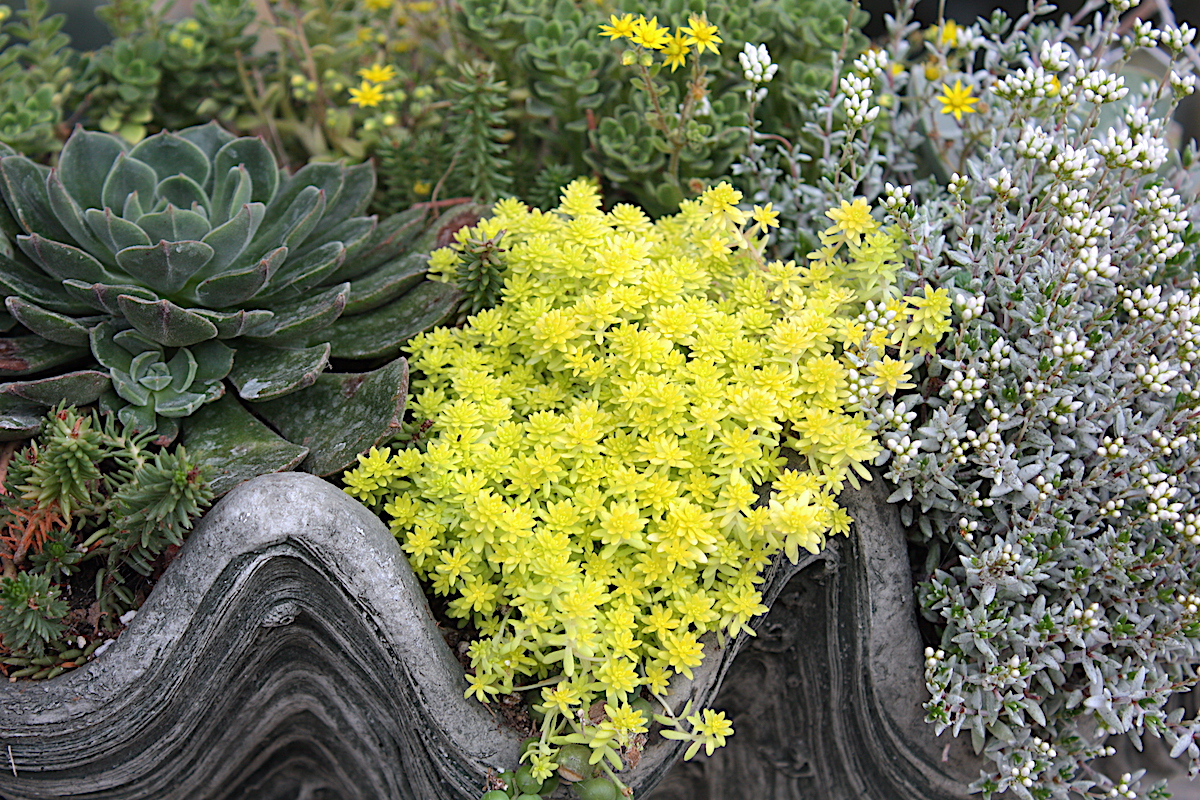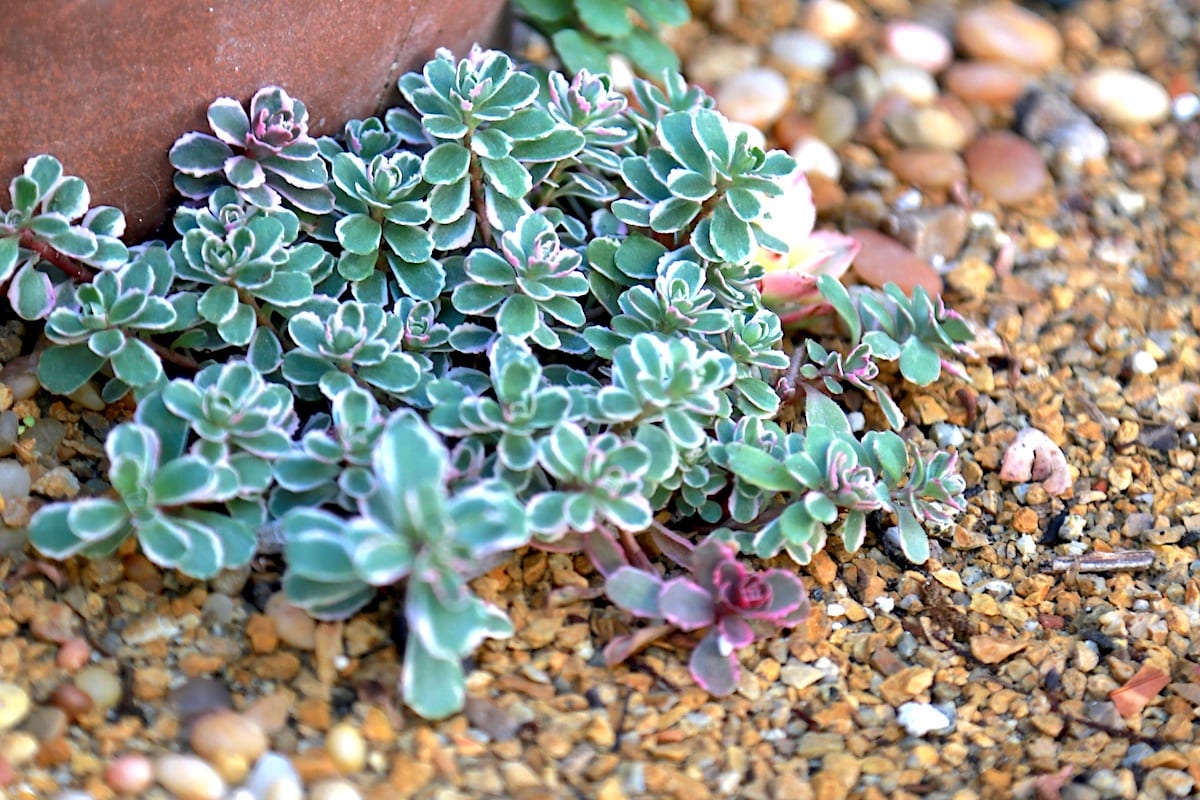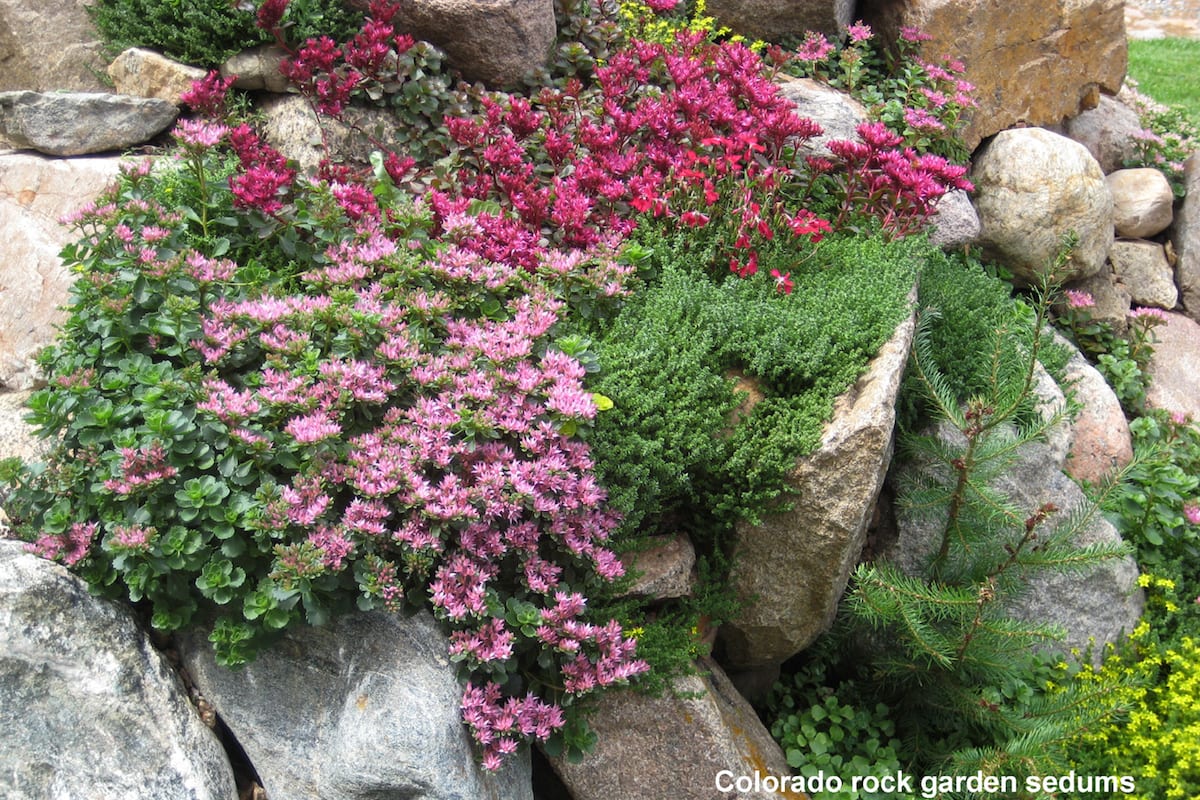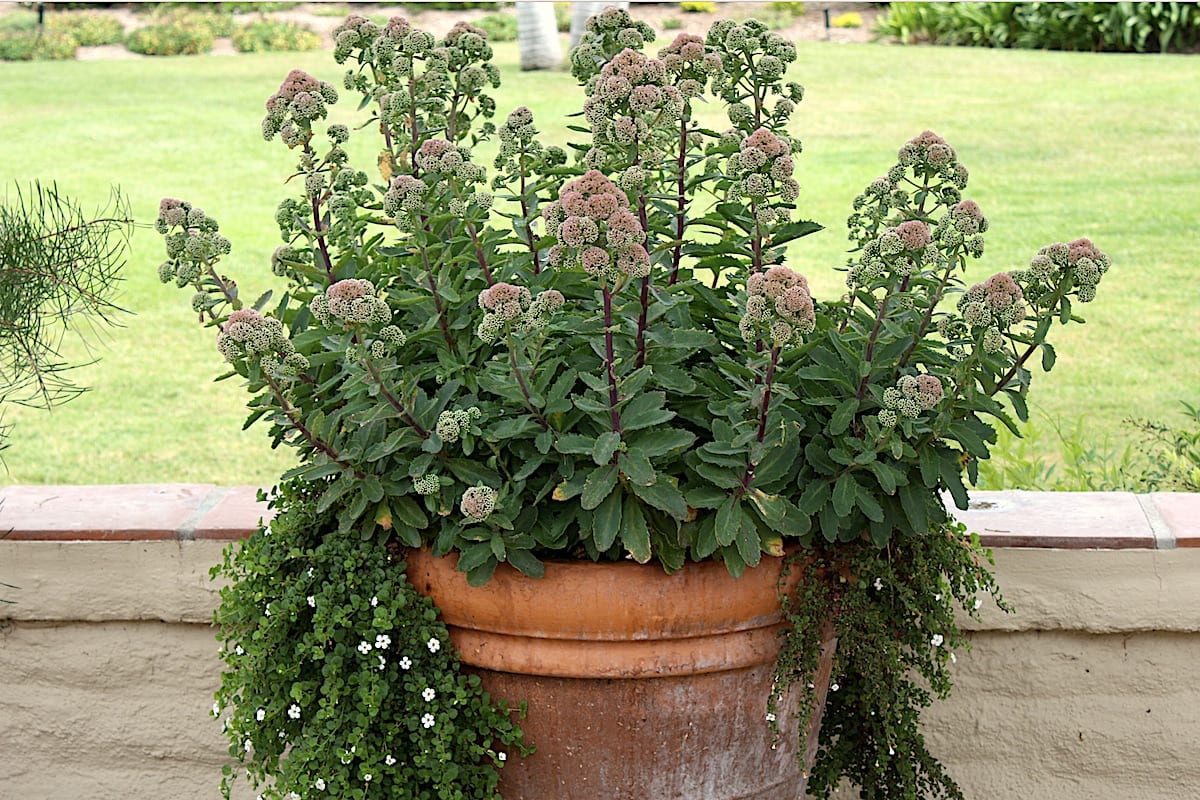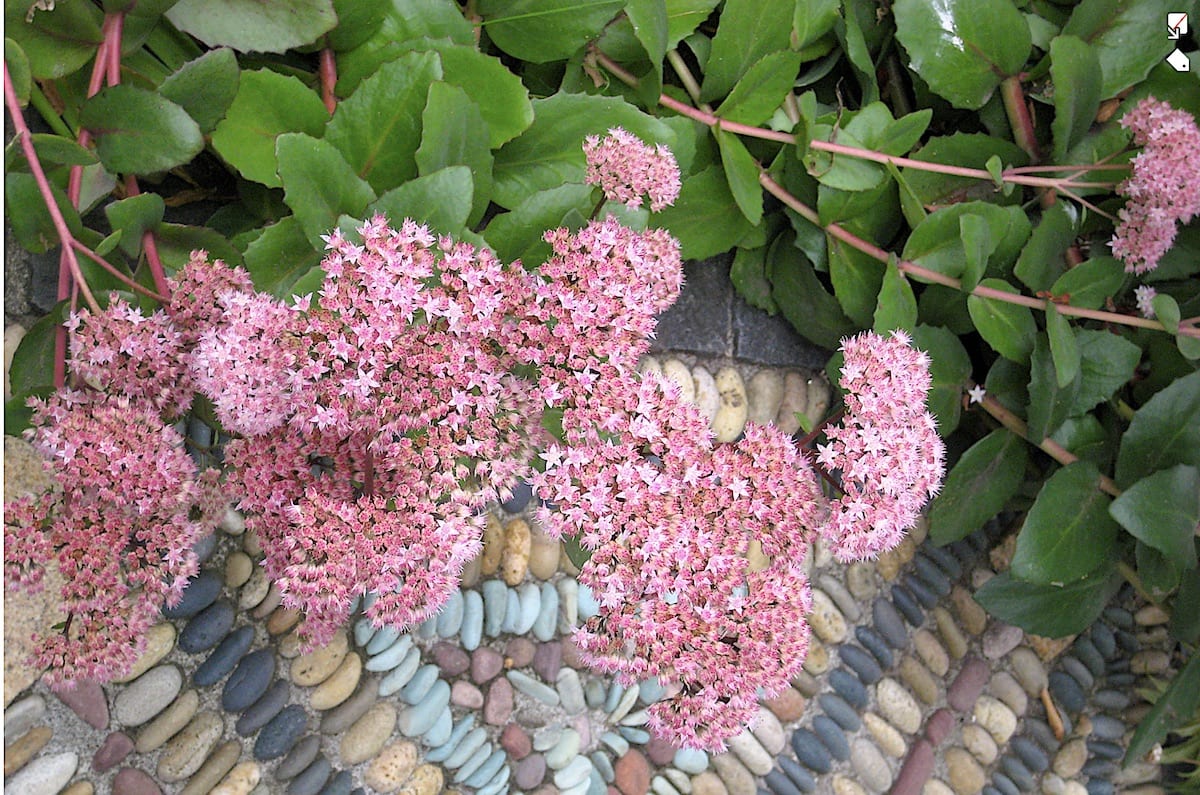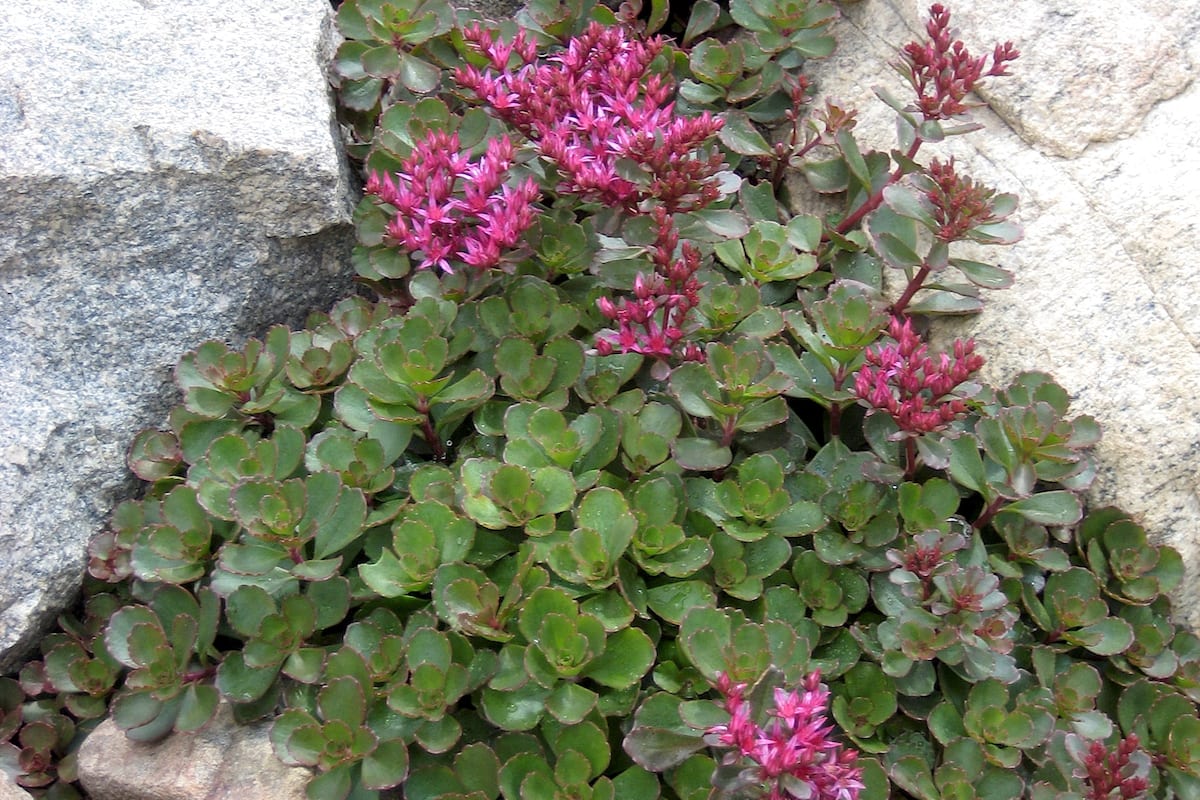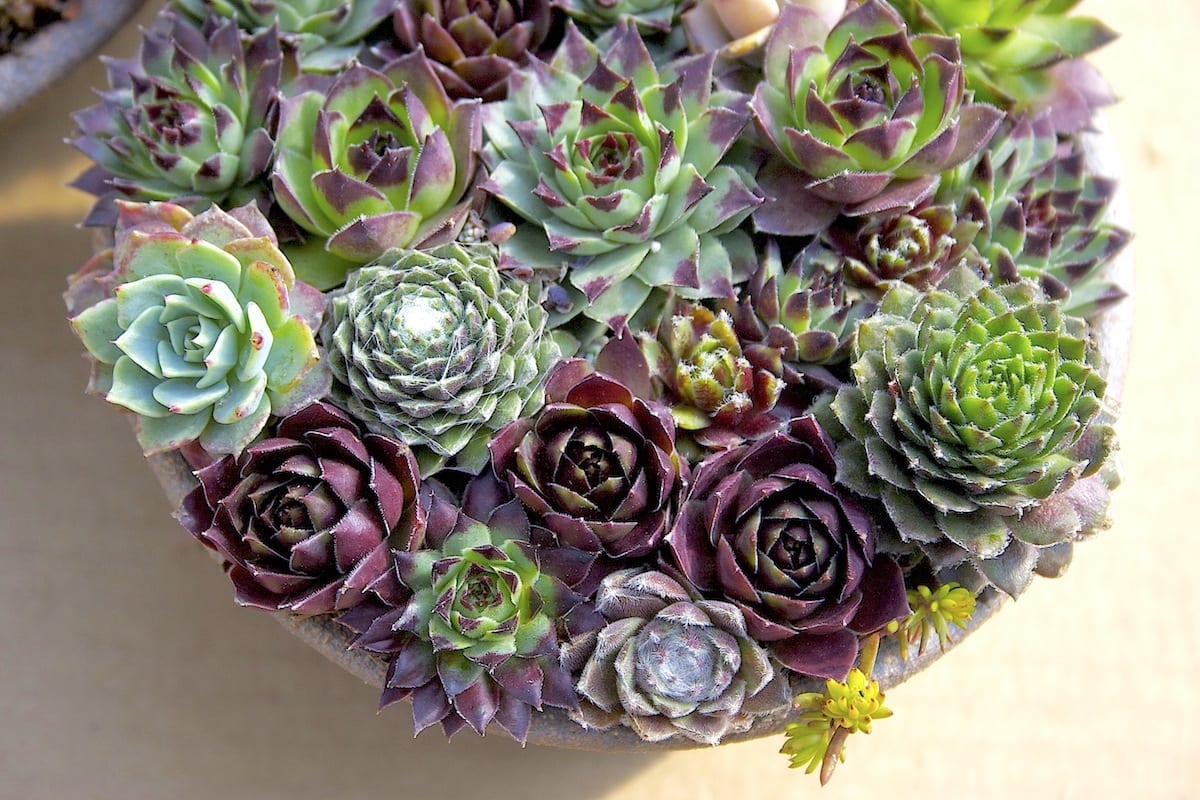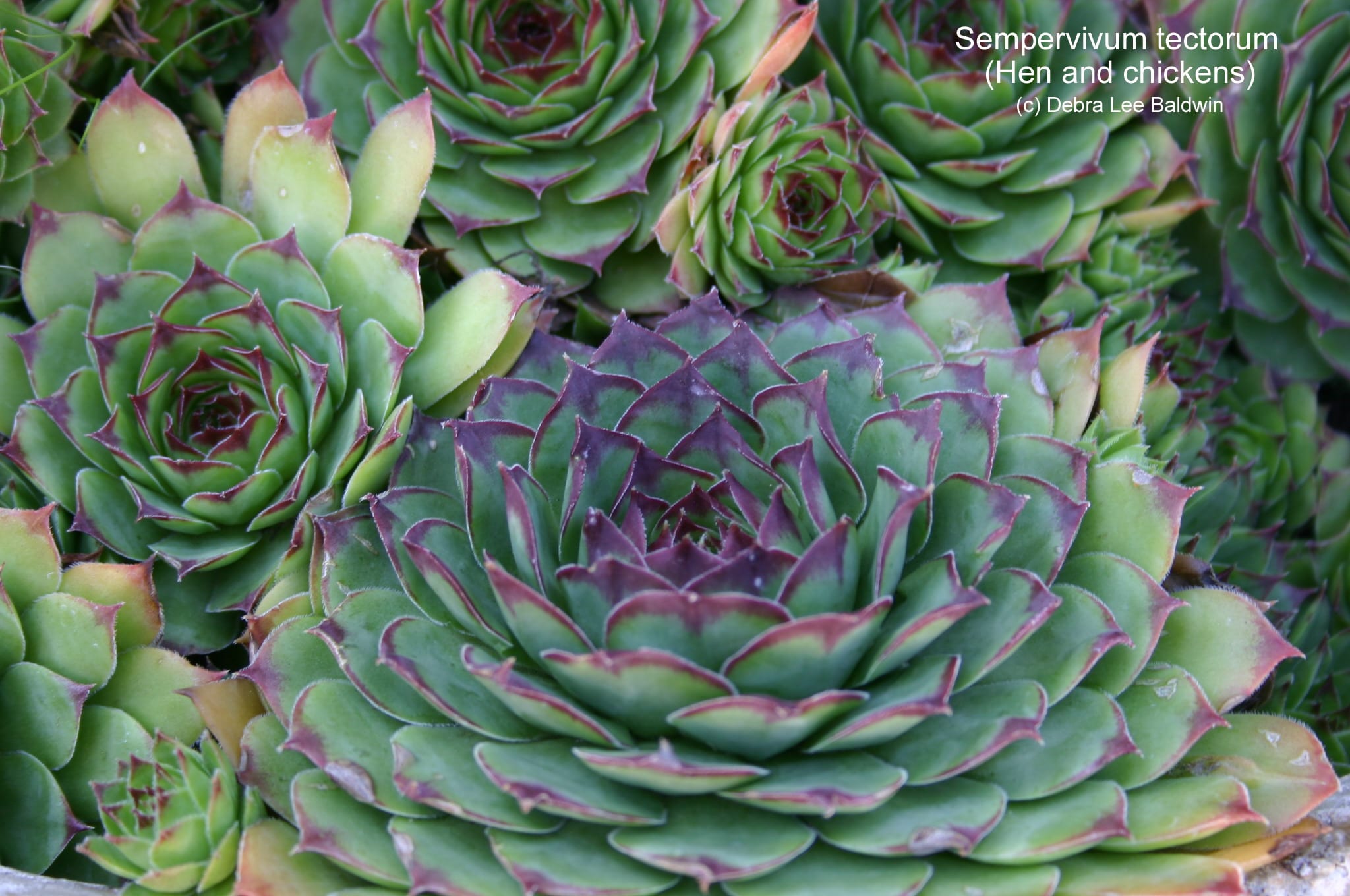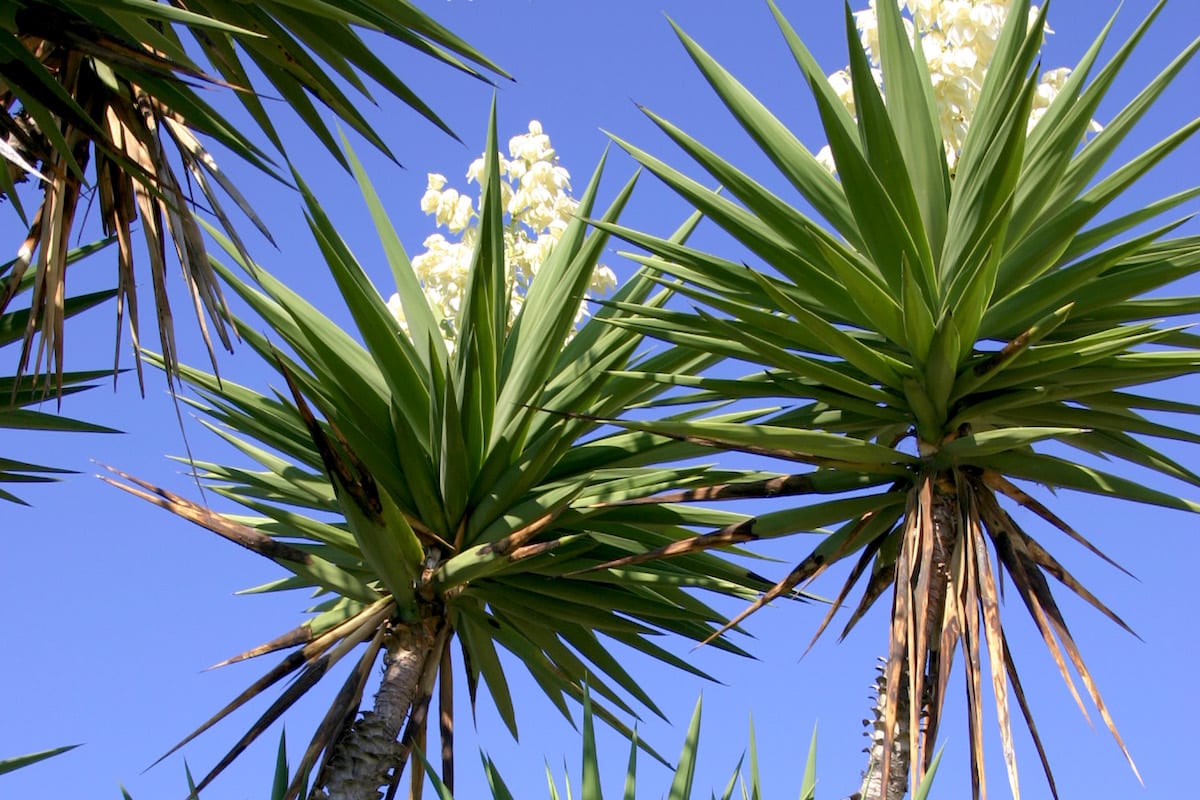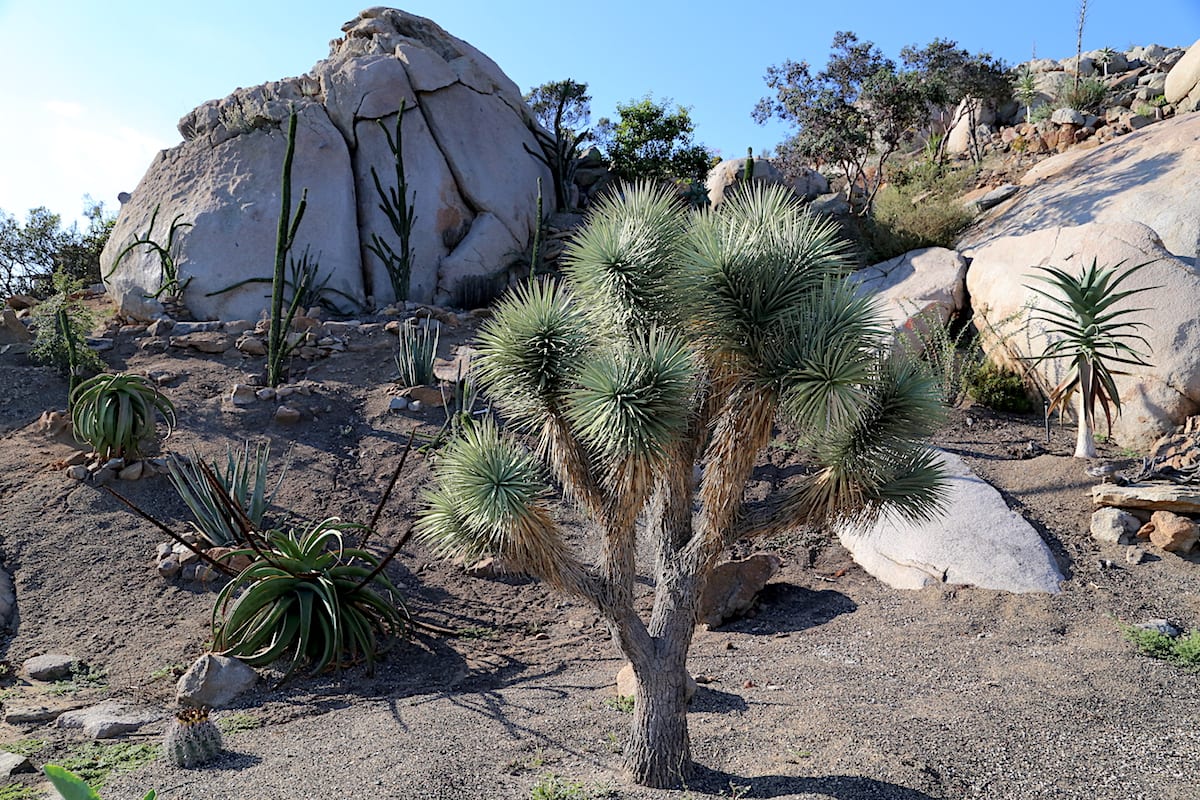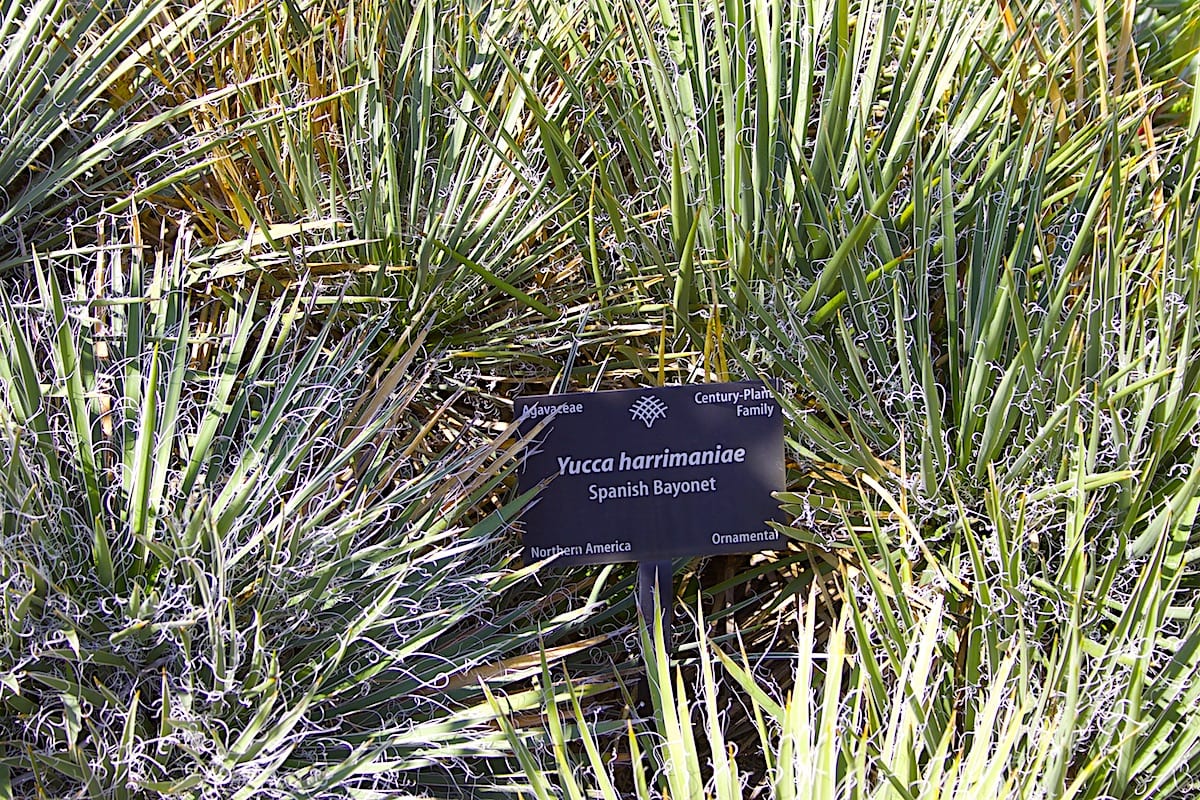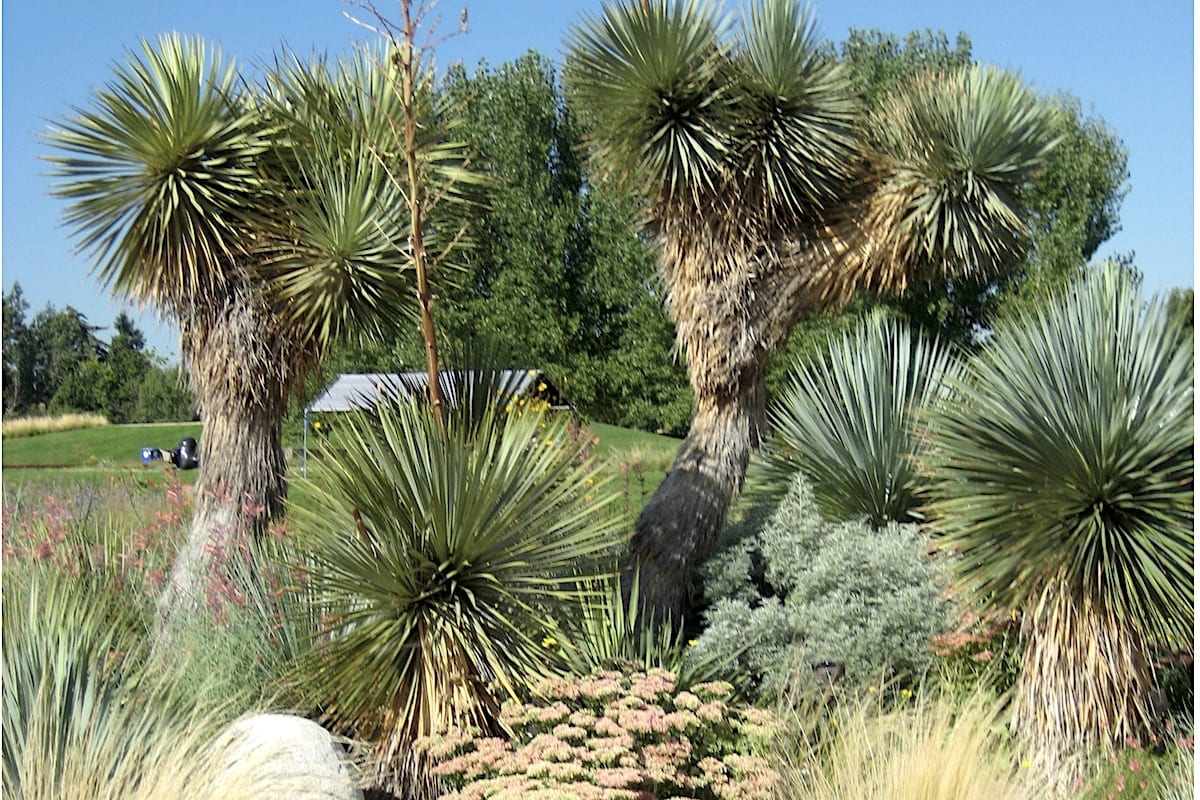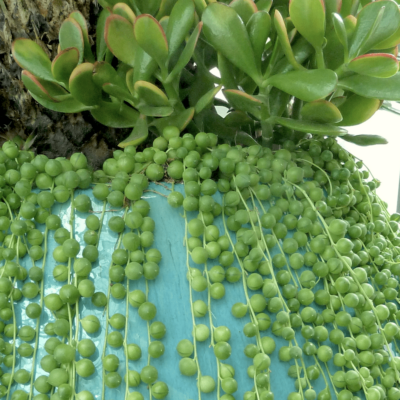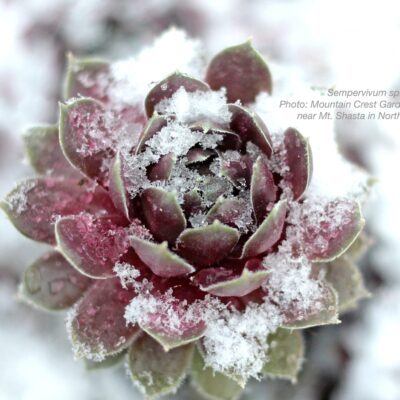About cold-hardy succulents
The common cold-hardy succulents shown here can handle northern winters, snow, rainstorms (if given excellent drainage) and summer dry spells.
Most cold-hardy succulents are in the genera Sedum and Sempervivum.
Sedum (stonecrop)
Trailing varieties are lovely as ground covers and in rock gardens, terraces and hanging baskets. Larger-leaved Mexican sedums (such as burro tail) are less tolerant of damp cold and need to be overwintered indoors or kept in greenhouses. Shrub sedums die back in winter and return in spring. All produce clusters of star-shaped blooms.
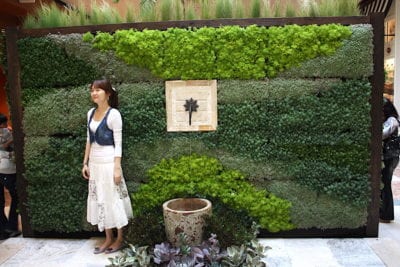
Vertical tapestry of several varieties of sedum
Sempervivum (hen and chicks)
These resemble echeverias but rosettes have thinner, pointed leaves and a more compact, spherical form. A similar genus, sometimes lumped with Sempervivum, is Jovibarba. These and Rosularia resemble sempervivums and have similar cultivation requirements. Learn more about "semps" and see photos of dozens of beautiful varieties at Mountain Crest Gardens.
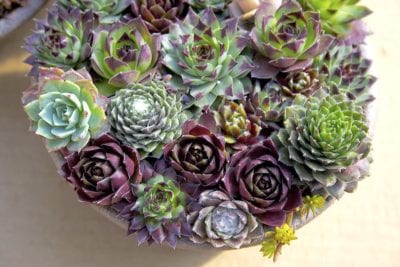
Sempervivums
Certain species of Agave, cacti and ice plants also can handle all but the coldest climates.
Agaves
Agaves that are cold-hardy (if kept dry) include A. ‘Baccarat’, which can go to zero degrees F. For more on agaves, yuccas and cacti for northerly climates, see the Cold-Climate Succulent Gardens section of Designing with Succulents (2nd ed.).
Delosperma
These ice plants have satiny, daisylike flowers in brilliant hues of pink, orange, red, yellow, purple and combinations thereof. They make great rock garden plants.
Little known but well worth having are cold-hardy lewisias and orostachys.
Lewisia
Native to the Pacific Northwest, this genus is named after explorer Meriwether Lewis of the Lewis & Clark Expedition. Lewisia has been extensively hybridized, resulting in vivid-hued cultivars.
Orostachys
This intriguing annual makes a great pot plant. When bred with Sedum the intergeneric cross is Sedoro.
Resources
Buy plants online
Videos
Growing Succulents in Northerly Climates, Sempervivums Part One of my presentation at the Northwest Flower & Garden Show. Gorgeous new cultivars and design ideas.
Growing Succulents in Northerly Climates: Sedums and More Part Two of my presentation at the Northwest Flower & Garden Show. More cool succulents for cold climates plus how to select, grow and design with them.
Sedum Chicks at the Northwest Flower & Garden Show. Designer/grower Becky Sell of Turner, Oregon explains how to beautifully combine sedums, sempervivums and other cold-hardy succulents.
Make a Frost-Hardy Succulent Wreath with Hens-and-Chicks. Simple steps to a stunning wreath!
Articles on this site
How to Grow Tender Succulents in Northerly Climates: Resources and info for growing tender succulents in cold, northern climates.
Designing with Cold-Hardy Succulents: Becky Sell of Sedum Chicks plants cold-hardy succulents in repurposed wood-and-metal containers, hypertufa pots, wreaths and more.
Showy Succulents for Snowy Climates (Debra’s Wall Street Journal article)
In print
Designing with Succulents (2nd ed.) See the section on Cold-Climate Succulent Gardens.
All my books show design ideas and give care and cultivation for Sedum and Sempervivum.
Cold-Hardy Succulent Photos
I've identified and labeled photos for you according to genus and species, and common name if available. If you think I've ID'd any incorrectly, I definitely want to know. Thanks! — Debra Lee Baldwin
How to Grow Tender Succulents in Cold, Northerly Climates
With the exception of sempervivums, jovibarbas, many sedums and yuccas, and certain cacti and ice plants, the majority of succulents are frost-tender. Although they can tolerate temps down to freezing and in excess of 90 (if shaded), between 40 and 80 degrees is ideal. But you can grow any succulent, anywhere, if you understand its needs.
50 Cold-Hardy Succulents for Northern Climates
The popular and readily available varieties shown here can handle northern winters, snow, rainstorms (if given excellent drainage) and summer dry spells. There are two main genera: Sedum and Sempervivum. Lesser known are Rosularia, Delosperma, and Orostachys. Notably, certain species of Agave and cacti don’t freeze in all but the coldest climates.

